CERAMIC BRUSSELS
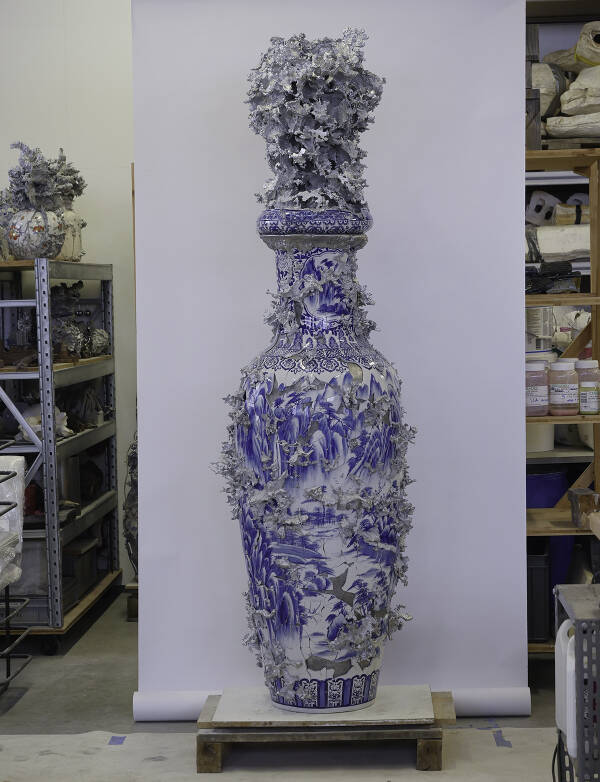
Solo-show at the Ceramic Brussels, the first art fair dedicated to contemporary ceramics.
Presented by the Gallery Sator, Paris.
Tour & Taxis, Bruxelles, from January the 25th to the 28th, 2024

Solo-show at the Ceramic Brussels, the first art fair dedicated to contemporary ceramics.
Presented by the Gallery Sator, Paris.
Tour & Taxis, Bruxelles, from January the 25th to the 28th, 2024
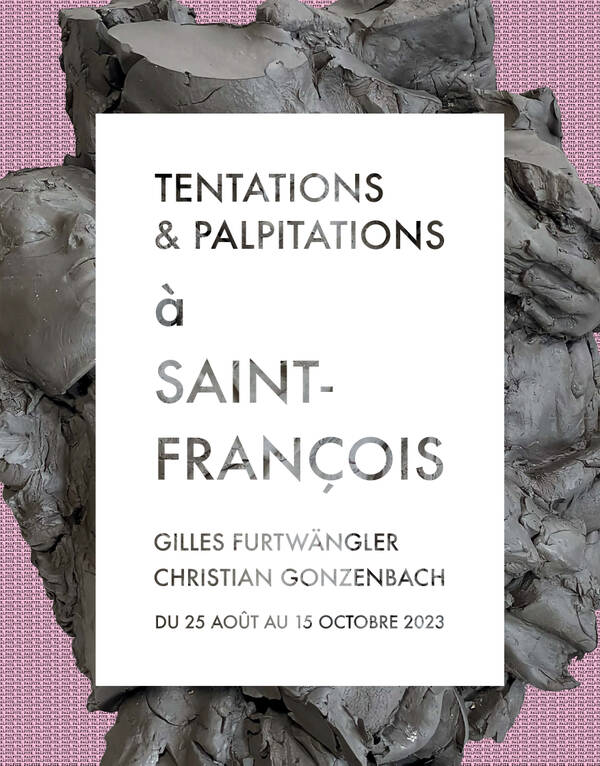
Eglise Saint François, Lausanne
25.08 - 15.10 2023
Exhibition in the Church by Christian Gonzenbach et Gilles Furtwängler
TENTATION(S)
We have turned temptation into a matter of
and seduction; of trifles and pleasures of the flesh
of the flesh, which is to say a temptation
that smacks of moralism and guilt-tripping.
Temptation in the Bible is not a matter of
a matter of an accident along the way, of a lapse in conduct,
but the term refers to a universal anthropological reality
universal anthropological reality: that which
that characterises human beings when they become aware of
of their own incompleteness.
Unless they are above ground, human beings cannot live
- without sometimes experiencing
that there is something unfinished within them.
They regularly come up against it, and it's not surprising
that he tries to escape from what he sees as a
what he sees as a culpable flaw, a
lack to be made up for.
Temptation is a chronic human condition
who never ceases to struggle with this inadequacy
which hurts and humiliates them.
Temptation in humans can be seen in their
incessant, laborious attempts - conscious
or not - to escape from their impasses, as well as their
shadows. Georges Haldas wrote: "The worst
temptation is to despair of oneself. Precisely
because there is reason to do so"; to which we must add
another temptation, that of keeping up appearances
the temptation to keep up appearances, to put on
and create an illusion.
In these many strategies for escaping temptation
temptation, people have often thought of churches
churches as sanctuaries where they would be
momentarily sheltered. But the opposite is
the opposite is true. Churches, because they
resonate with a Word that speaks of the whole human being
in its entirety, while taking the drama out of it.
where he cannot escape his inescapable limit.
limit; not because they are judged, but because they
hears the echo of a blessing from afar
which joyfully repeats to him that he is welcomed and
and accepted as he is, invited to stand without shame.
without shame.
The good news of temptation when it leads us
leads us to this radical otherness that makes us
and delivers us from this obsessive quest for perfection
of perfection and artifice.
The two artists invited by
the two artists invited by the association
l'Hospitalité artistique to take up the theme of
temptation(s) at Saint-François.
Visitors crossing the threshold of the Franciscan nave
Franciscan nave will look up to see these powerful
written on Gilles Furtwängler's sharp tarpaulins.
Gilles Furtwängler. Will they recognise an affinity
with those words that never cease to pass through him and
and take hold of him, offering him the security and satisfaction
satisfaction of a flawless identity at last:
power, money, possessions?
On the floor, the same visitor will wonder at the
baroque statues placed there by Christian
Gonzenbach, statues dedicated to gods
unknown or, alas, all too familiar gods. They seem
inert, but make no mistake, they activate a retinal memory
a retinal memory that is accompanied by a nagging question
question: "Haven't I already met them once, these
these anonymous gods once before? To convince
visitors will go round them to see what
to see what they're hiding, touch them and ask themselves
touch them and ask themselves "what do these statues
offered up for our devotion?
Jean-François Ramelet, Pasteur de l’esprit sainf
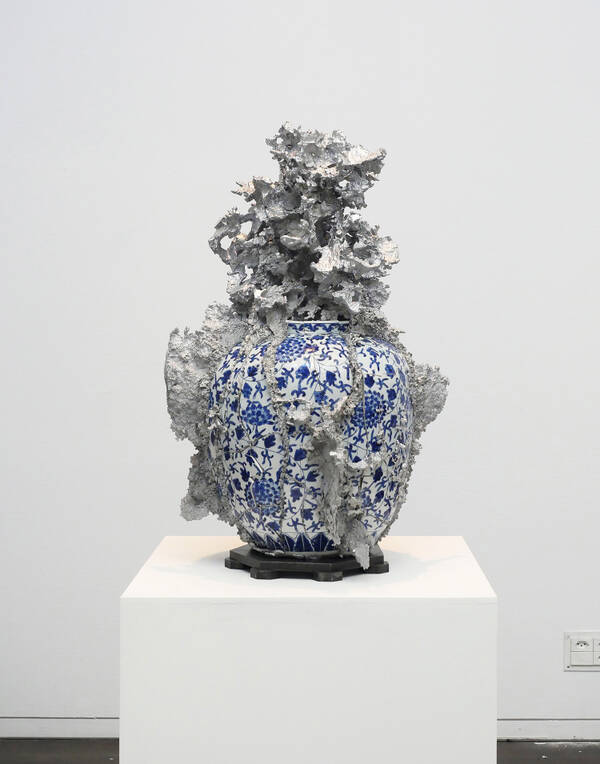
Group show with
Pierrette Bloch, Noémie Doge, Christian Gonzenbach, Elisabeth Llach, Massao Mascaro, Lisa Mazenauer & Hélène Portier, Sarah Minutillo et Robin Wen
"depuis que les portes s'ouvrent à ce tremblement de l'air"
20.4 - 27.5.2023
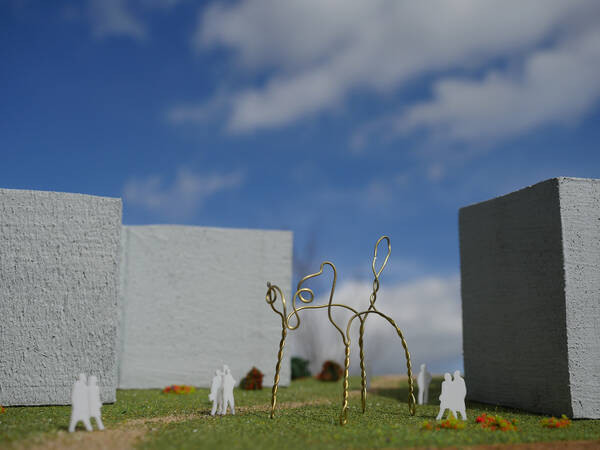
"The Müselet" will be built in Winterthur as the winning project of a public art competition.
The Müselet
Boom, the cork flies. You celebrate a birthday, a wedding, a graduation or the inauguration of a new flat. The champagne splashes out of the bottle, the glasses are tightened so as not to lose the precious liquid. A child looks for the cork that has flown all the way behind the sofa, the curious cat comes to his rescue.
The adults toast. Apple juice is served for the youngest while it is still bubbling.
The party is over, the empty glasses are put away, the table is cleaned. What remains is a shabby little piece of wire with a flirtatious name: the Müselet. We hesitate to throw it away, it passes from hand to hand. And finally, after a few subtle turns, the basket becomes a figure, then an animal, a small cat perhaps, a fox or a donkey. Now it is no longer thrown away, but lands on the window sill, a wink to remember this festive evening.
Looking out of the window, we suddenly imagine the little animal outside in the garden, we imagine it very big and us very small, like a modern, somewhat comical sculpture, a child's drawing in the sky, an animal in the garden.
And finally, why not? Art is supposed to make us smile, to help us dream, to make a connection between our daily, domestic lives and a dreamlike, open, funny, crazy, strange, surreal world.
When you walk home, you take the little path that leads past the children's games, and then you see it, the big animal. It guards the path, or it has strayed onto the lawn, or it has simply grown up without realising it, becoming this huge sculpture.
The sculpture acts as a meeting place for the residents.
This sculpture is a 100-fold enlargement of a champagne vegetablelet. It is made of steel tubing (with a diameter of 60 mm) that is bent according to a 3D plan with the help of digital control and then industrially painted.
more informations
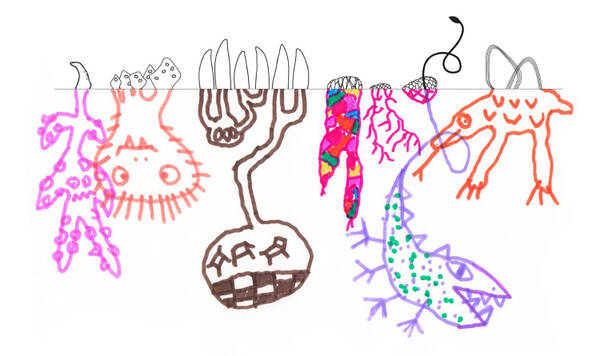
lauréats: Christian Gonzenbach et Vincent Kohler
The cultural percentage of the Collège des Parcs is awarded to a fantastic art project
The 400 pupils of the Collège des Parcs, which is currently undergoing construction, can already look forward to seeing their school renovated and enlarged in 2025: in the playgrounds, the teeth, tails and backs of monsters living under the ground will emerge, opening up windows to the imagination and providing great opportunities for play. This work by visual artists Christian Gonzenbach and Vincent Kohler.
The jury deliberated at length to decide between the five artistic projects selected in the first round of this call for cultural projects, out of 38 received. In the end, the project by Christian Gonzenbach and Vincent Kohler will be realised by the time the college reopens in 2025. "The jury was convinced by the playful aspect of the installation, which activates the imagination and calls for action by the students, beyond contemplation," reports its president, Morgane Paillard, independent curator and director of Galerie C in Neuchâtel. Neuchâtel. An installation whose name alone is intriguing: "Fulu- lupulu, Gilililiri, Dorooosooo, Gnamayap, Keuuuleuuule & Arrrrrchhhiii".
The deranged monsters are coming out of the ground
What is this project about? Six families of creatures are lurking in the school grounds. But only a small part of their bodies will be visible - a tentacle, a tail, teeth or the back of a sea giant. Each monster has its own material, ranging from ceramic to bronze, wood, glass and aluminium. And naturally, these elements, in addition to opening windows to the children's imagination, will call for play: climbing, hanging, sneaking and hiding, or spurting water, the possibilities are endless!

My work "YOU ARE HERE" is part of the show "DIALOGUE BETWEEN AN OCTOPUS AND A JUICER" au MUDAC à Lausanne. From 7.4.2023 to 7.1.2024
mudac reveals the treasures of its collection in a dedicated exhibition that offers a surprising and quirky exploration of the diversity of the museum’s collection from design to contemporary applied arts.
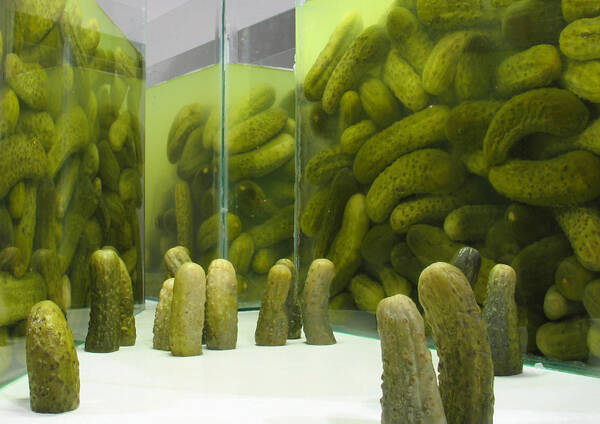
The video work "Gherkins" is part of the show Musée de Carouge Espèce de cornichon !
from March the 11th to May the 21rst 2023
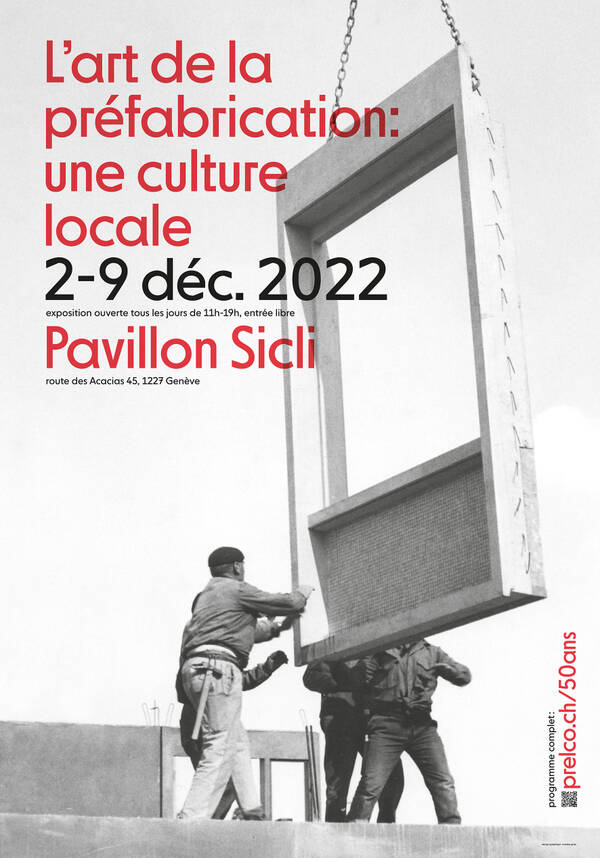
EXPOSITION au PAVILLON SICLI à Genève
conception & scénographie par Christian Gonzenbach
L’art de la préfabrication: une culture locale
Exposition du 2 au 9 décembre 2022
Tous les jours de 11h à 19h
Pavillon Sicli, 1227 Acacias / Genève
Entrée libre
VERNISSAGE ET CONCERT LE VENDREDI 2 DECEMBRE DES 18H
L’exposition L’Art de la préfabrication : une culture locale se propose de revenir sur l’histoire récente de l’architecture et de l’urbanisme à Genève à travers l’aventure du béton préfabriqué, considéré comme le matériau « haute couture » de la construction architectonique. Ouverte au public, en accès libre, l’exposition initiée par l’entreprise genevoise Prelco pour son 50e anniversaire sera rythmée par une série de visites guidées et de tables rondes. « L’art de la préfabrication », un livre consacré à cette fabuleuse saga, écrit par Bruno Marchand et illustré par le photographe Léo Fabrizio, sera dévoilé en parallèle de l’exposition dont la scénographie a été confiée à l’artiste Christian Gonzenbach.
Une culture locale
L’exposition retrace la trajectoire de l’entreprise Prelco – Préfabrication d’Éléments de Construction – qui voit le jour en 1972 et dont les prémices de l’activité datent de la fin des années 50. L’histoire de l’entreprise se fond dans l’histoire de la région tant ce matériau et ce savoir-faire est une métaphore de la transformation architecturale et urbanistique de la ville. La préfabrication, réduisant durée et coûts de réalisation, fait en effet son entrée après-guerre à Genève pour répondre aux enjeux de la croissance démographique du canton, avec l’édification de quartiers d’habitations plus denses telles que Le Lignon, Lancy ou Carouge. Cette technique a aussi singulièrement accompagné la réforme du système scolaire genevois, amorcée dés 1962, en permettant la construction de nombreux Cycles d’orientation en un temps record, puis des collèges et des universités. Elle ponctue aujourd'hui de manière régulière le paysage urbain et en est devenu un élément indissociable et familier.
Cinquante ans d’histoire dans un livre
Dans L’art de la préfabrication, la plume de Bruno Marchand, professeur honoraire à l’EPFL, réussit à restituer un demi-siècle de patrimoine bâti à travers l’évolution des activités de Prelco, entre exigences esthétiques, technologiques et écologiques. L'auteur explore trois grandes périodes et tire d'abord les enseignements du passé, de 1958 à 1993, des années marquées par le début de la préfabrication en Suisse romande, l’édification des cités-satellites et des Cycles d’Orientation genevois ; ensuite, de 1993 à nos jours, il se penche sur une période qui confirme l’accent mis sur la recherche de matérialité et d’amélioration des performances des panneaux de façade avec le haut niveau de technicité que cela implique. Enfin, une troisième partie s’interroge d’une façon large sur l’avenir de la préfabrication et de l’utilisation du béton dans la construction, face aux enjeux de durabilité actuels. L’auteur met ainsi à disposition d’un public très large un angle essentiel pour appréhender les spécificités du paysage urbain genevois. Les images du photographe Leo Fabrizio s’insèrent dans la publication telles des respirations contemplatives, s’immisçant dans les images d’archives et plongeant dans la matière et l’intense activité humaine de l’usine.
Une exposition publique
La scénographie de l’exposition a été confiée à Christian Gonzenbach. Dans son vaste vocabulaire de formes et de matériaux, l’artiste plasticien genevois utilise le béton pour la réalisation de certaines de ses sculptures. Sa pratique, constamment tournée vers l’investigation de nouvelles matières et l’expérimentation de différentes dimensions, apportera certainement une esthétique originale et audacieuse dans l’espace si particulier du Pavillon Sicli.
Le livre et l’exposition seront à découvrir à l’occasion de l’inauguration publique officielle le vendredi 2 décembre, qui sera suivie d’une soirée festive et musicale. Des visites guidées ouvertes à toutes et tous seront organisées durant tout le week-end. Pour croiser les regards sur l’histoire, les enjeux et les perspectives de la préfabrication, des tables rondes auront lieu les après-midis du mardi 6 et du mercredi 7 décembre.
Programme détaillé sur Prelco.ch/50ans
Vendredi 2 décembre 2022
18h – 22h : Vernissage de l’exposition - Concert
Exposition ouverte de 11 à 19h tous les jours
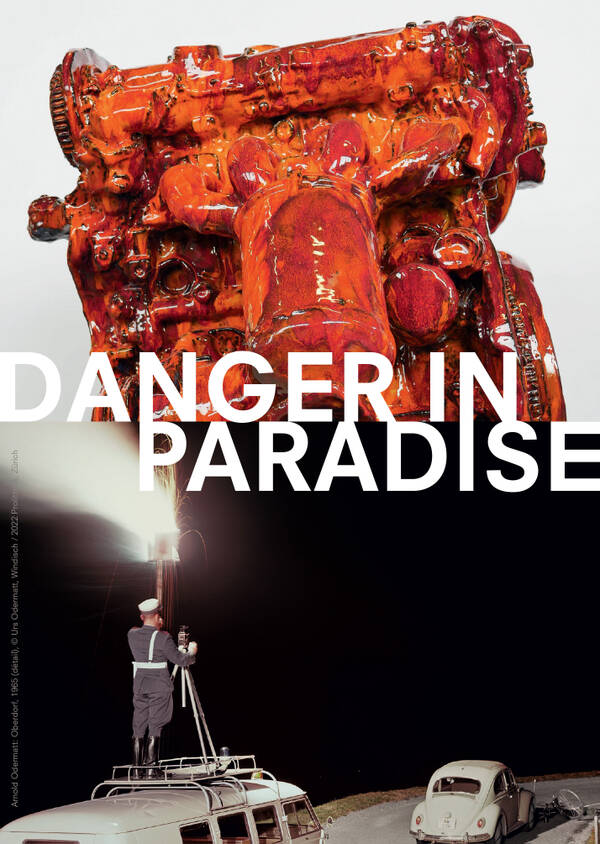
ARNOLD ODERMATT & CHRISTIAN GONZENBACH
Opening November the 17th from 4pm
Exhibition November 18th to December 17th 2022
Münsterplatz 17, 4051 Basel
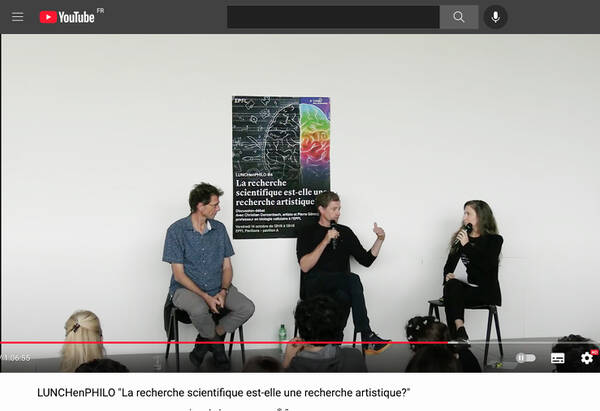
Is the scientific research an artistic research ?
LUNCHenPHILO #4
Friday October the 14th at 12:15
EPFL Pavilion A
With : Christian Gonzenbach, artist and Pierre Gönczy, professor in Biology at l’EPFL
Moderation: Anne Laure Gannac, journalist at CDH and at RTS
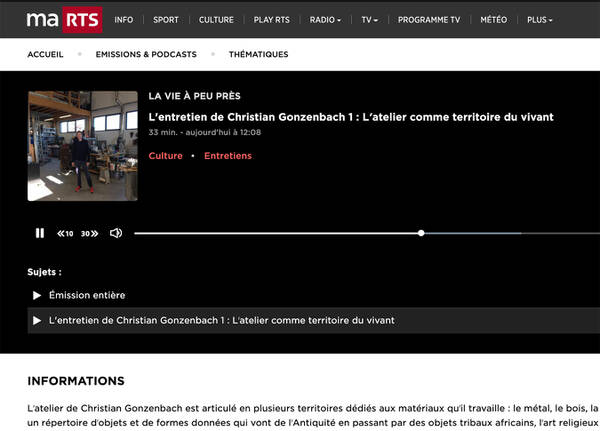
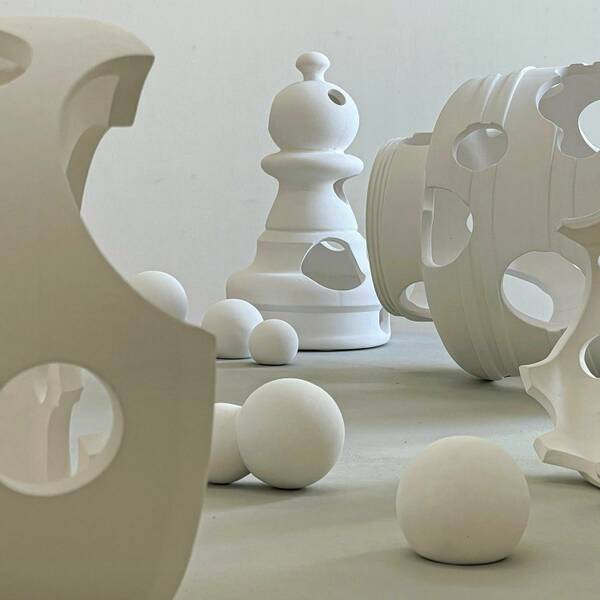
Mutations textiles et céramiques
From 1st of September to the 12th of December 2022
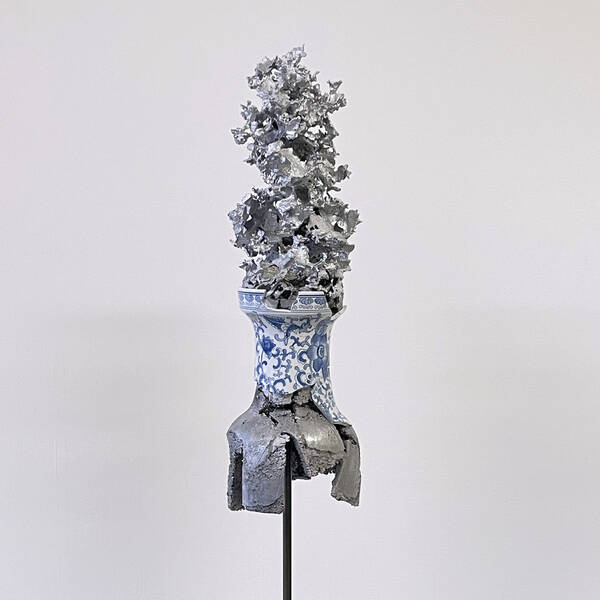
Melting Pot or how to change lead into gold ?
Centre d'art contemporain Yverdon
From 10th of September to the 6th of November 2022
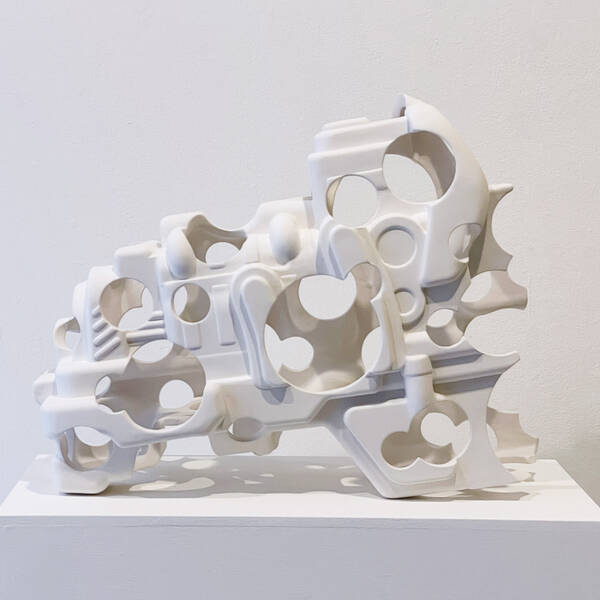
Exhibition with Philippe Barde & Toshio Matsui
From 6th of September to the 1st of October 2022
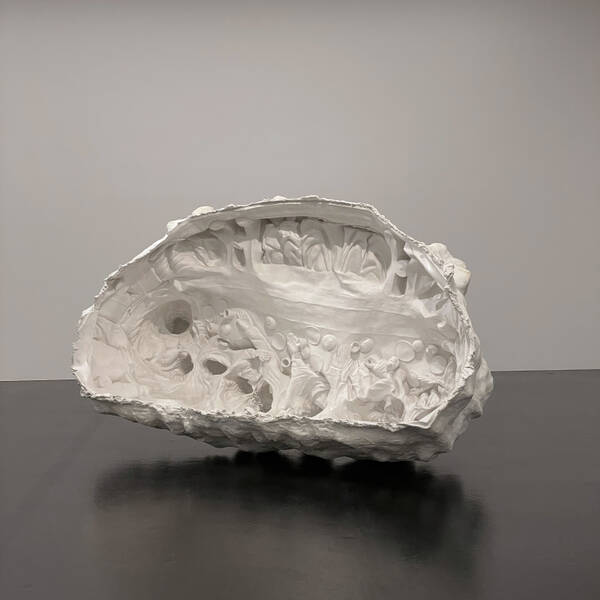
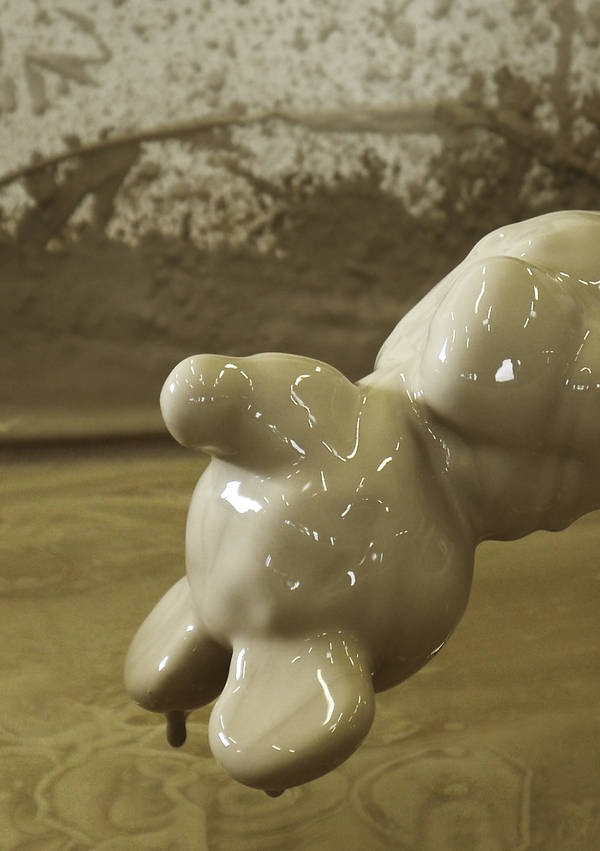
Solo exhibition at the gallery Heinzer Reszler à Lausanne.
A mechanical device produces live works in the gallery.
OPENING SATURDAY the 11th of DECEMBER, 3 to 7 pm
Show open from 2021.12.11 to 2022.02.06
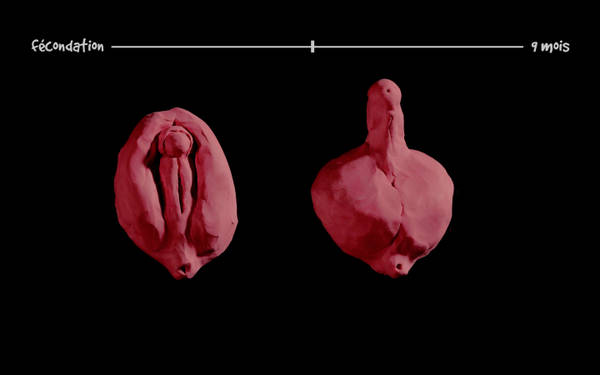
Discover with music and a clay animation how all human genitalia (male, female and intersex) develop and differentiate from a common embryonic origin.
A movie by Damien Molineaux & Christian Gonzenbach
conception: Céline Brockmann
production: C-Side Productions
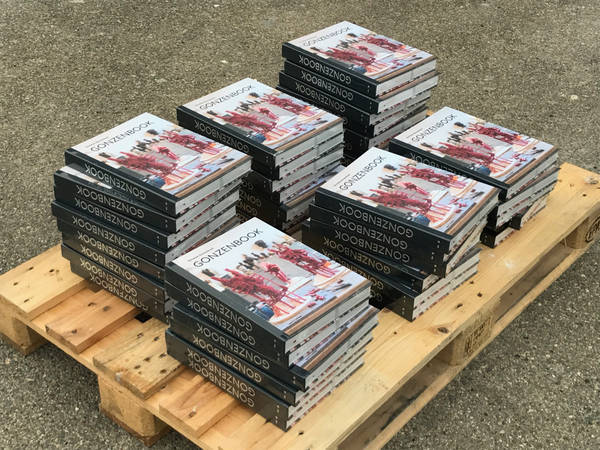
GONZENBOOK, 29x23 cm, 360 pages, 1798 gr
Monography 1998-2021 of Christian Gonzenbach,
Under the direction of Karine Tissot
At the crossroads of natural sciences and artistic sciences, the Geneva artist works to bring together the different facets of a world that is too often understood in fragments. Thus, some of the authors come from art criticism - Sarah Burkhalter, Deborah Keller, Hervé Laurent, Karine Tissot, Charlotte Tron - or from science - Martin Pohl. But also from various horizons: ceramists - Philippe Barde, Amandine Gonzenbach, Toshio Matsui - recalling a solid and first training, curator at the Museum of Ethnography of Neuchâtel - Bernard Knodel -, artists - Katharina Hohmann, Pierre-Philippe Freymond -, philosopher - Stephan Freivogel -, entrepreneur and collector - Pierre-Alain L'Hôte -, honorary director of the Musée de la chasse in Paris - Claude d'Anthenaise -, all offer singular views that refine the understanding of his dense and effervescent work, known in Switzerland as well as abroad for having exhibited in museums, galleries, art centers and festivals throughout the world.
Coming soon
Published by Infolio & L'APAGE
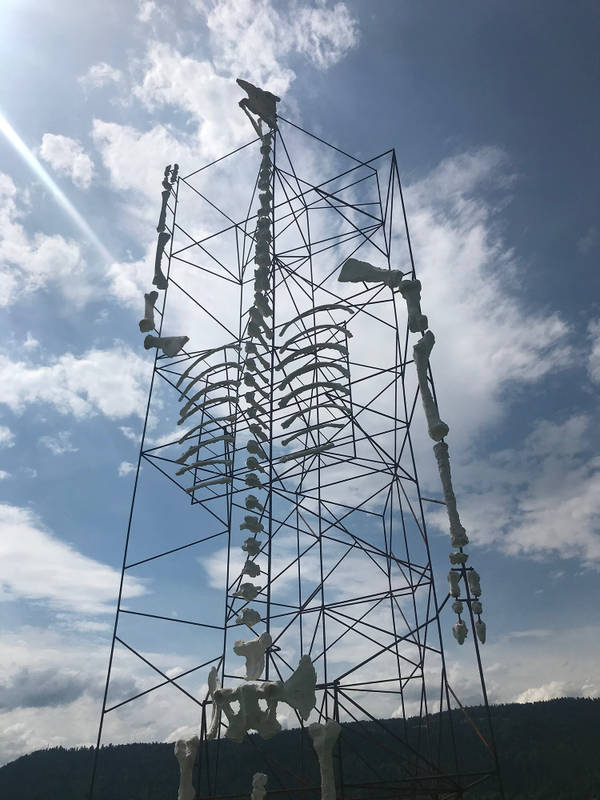
GOODBYE, 2021
Standing on its hind legs, the giraffe waves to us.
Is she saying "Goodbye" like in the amusement parks?
Is she saying "Goodbye" because she is leaving us, like so many other animals on this Earth?
We won't know.
The sculpture is made of fibrous plaster, mounted on concrete irons. Like the cast of a dinosaur you see in museums. It is cast on a real giraffe skeleton.
The whole sculpture is voluntarily mounted flat, like a panel, reinforced at the back by rebars, anchored on concrete blocks. Made to be seen from afar, like panels on highways'side.
The molding is imprecise, closer to the fossil than to the anatomy museum. The giraffe is already in the past, where she has joined the other dinosaurs.
20.06 - 20.09.2021
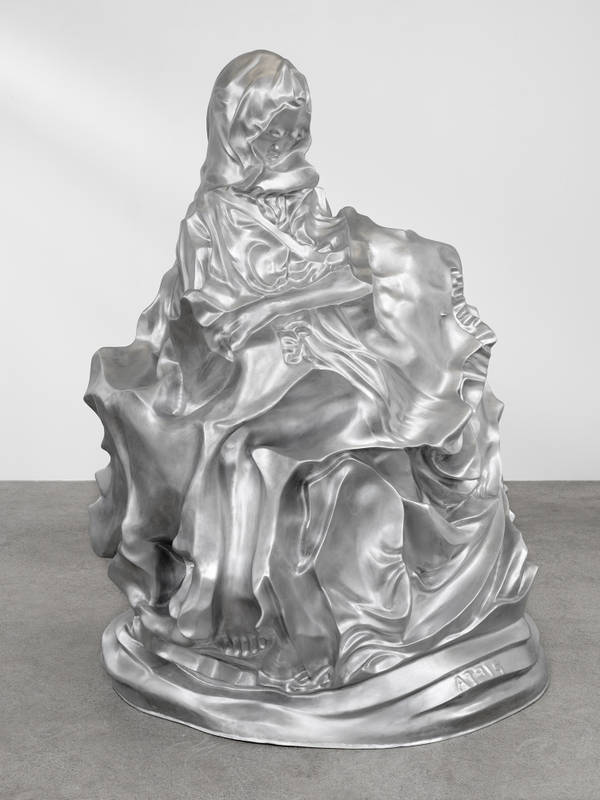
This comprehensive exhibition of the Kunsthaus Aarau offers the public their first overview of an exciting chapter in Swiss art history.
Amongst the selected works: La Pietà (2014)
12.06 - 26.09.2021
https://www.aargauerkunsthaus.ch/
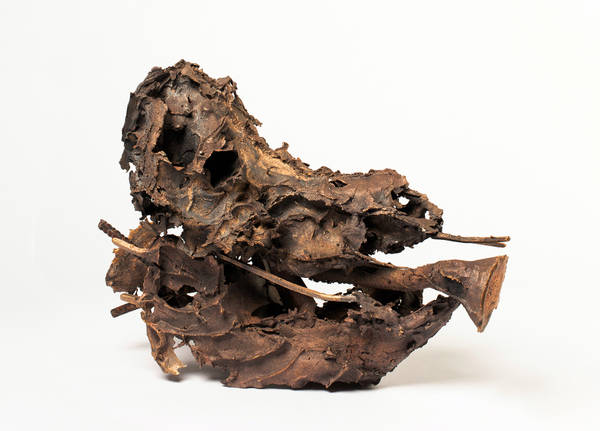
First solo show at Galerie Laurence Bernard, Geneva.
NEW SET UP & NEW PIECES !
NUIT DES BAINS Thursday May the 6th from noon to 9 pm !!
Exhibition runs until May the 21rst.
Galerie Laurence Bernard is pleased to present Boarish, first exhibition of Swiss artist Christian Gonzenbach with the gallery. Boarish, brings together a collection of recent works by the Geneva-based sculptor who is currently focusing his research on the coexistence of contradictory situations. Apparently paradoxical, these situations correspond to Schrödinger's famous image of the cat. Gonzenbach's sculptures tend towards this superimposition of two incompatible states. Objects are broken and undamaged at the same time, and it is even because they are broken that they remain intact. Porcelain vases of the Hanabi series are held in place by the flow of aluminum that caused them to explode. The tension contained in Gonzenbach's sculptures stretches over several levels. In the same object are twisted together the wild and the civilized, the unbroken and the fragmented, the natural and the cultural, the original and its copy.
The work takes the form of different series through a firework of materials, bronze, porcelain, aluminum, plaster and resin. Each series is the result of a specific process involving a technique developed by the artist. The works are the result of gestures, sometimes simple, sometimes very elaborate requiring many steps, involving forces beyond the artist's control. The sculptures become unique moments frozen in an object, singularities impossible to reproduce. They are not images or illustrations of a theory, but the very source of reflection, where thought can begin.
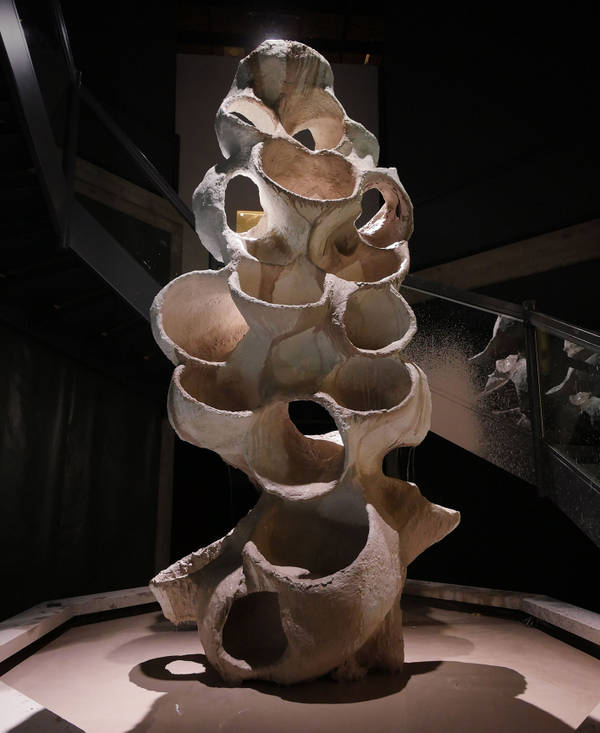
Inside the exhibition "SAUVAGE" (WILD !) at Muséum d'Histoire naturelle de Neuchâtel, you can see the fountain-sculpture WILD WATER.
Wild is what cannot be controled.
Wild is what is moving.
Movement needs space, freedom.
Domestication is control of space, of movement, of freedom.
When there no movement anymore, it's death.
Finally life is always wild.
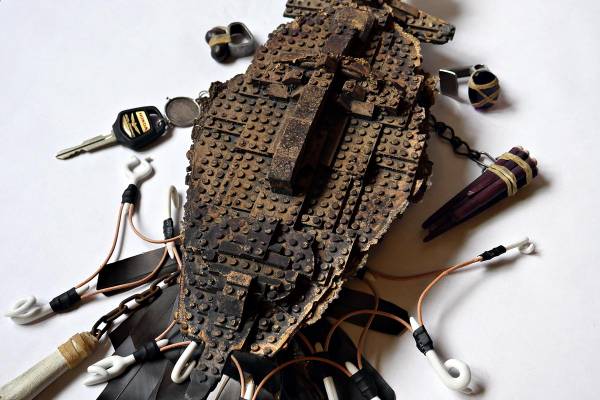
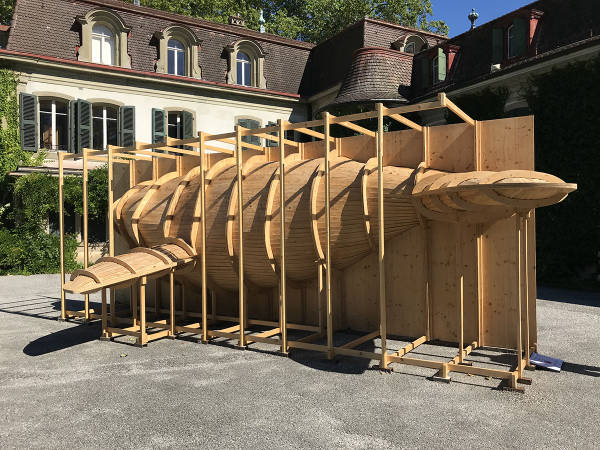
Exhibition at Château de Penthes, Geneva until December the 13th 2020.
«Avant demain» is an exhibition project by Karine Tissot, showing pieces from the FCAC, Geneva Public Art Fund.
Christian Gonzenbach shows 3 artworks including monumental Hval In fornt of the Château.
The artist will give a talk on Saturday September the 3rd at 3 pm.
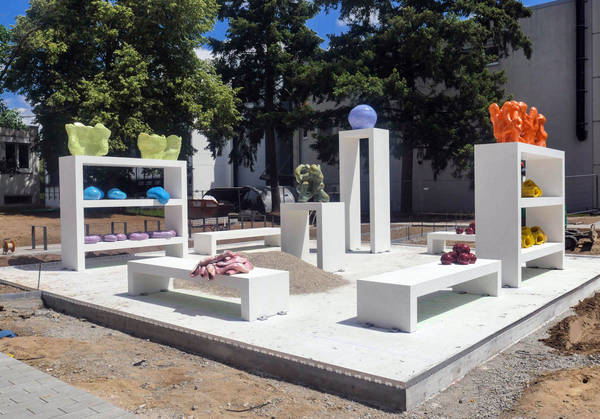
Installation of public art work Lebensformen at KIT, Karlsruher Institute für Technologie.
Inauguration October 2020.
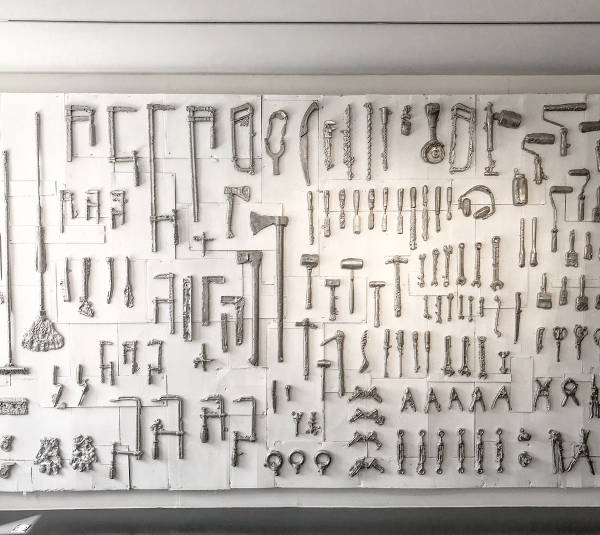
Last exhibition at Mudac before moving to Plateforme 10.
The exhibition features objects collected by the curators over the years in a purposefully subjective presentation. These hidden gems and remarkable objects immerse the viewer in a dreamlike and deeply personal world that plays with the concept of function : the objects are too large or too small, jocose, bestial, vegetal, subtle, disturbing or even fabulous.
Christian Gonzenbach shows 203 objects: 200 aluminum tools, a ceramic heater, an exploded vase and an inverted rabbit.
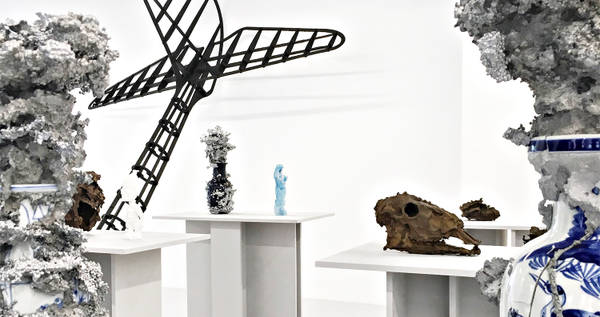
Grand Opening de Komunuma, new art area in Paris
Inauguration of new galerie Sator
FILLING THE VOID solo show
SUNDAY October the 20th from 2 to 6 pm
Exhibition from October the 20th to December the 21st 2019
For the inaugural exhibition at Komunuma, Galerie Sator has given carte blanche to Swiss artist Christian Gonzenbach, who has offered up a firework display in an exhibition entitled Remplir le vide (Filling the Void). Gonzenbach’s sculptures in ceramic, aluminium and bronze bear the marks of the fires in which they are forged, while the artifice inherent to pyrotechnics is similarly present throughout. The enquiry into the nature of things and of the world is here carried out via their reproduction. And it is to this end that the artist seeks to create ingenious processes of reproduction. Far from figurative art, this is documentary sculpture. With each step of the operation, the process reveals something new. And suddenly we see things as never before.
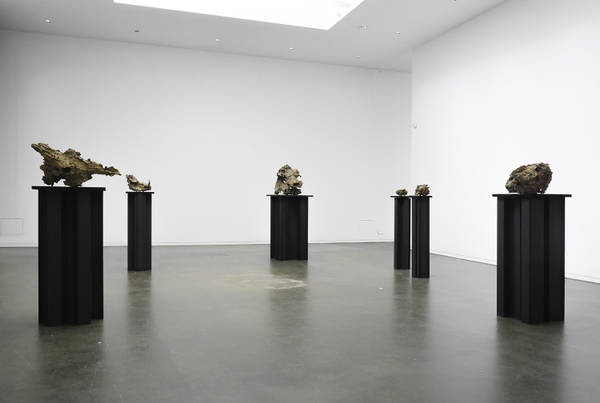
Show at Galerie C, Neuchâtel
From September the 19th to October the 26th 2019.
With Nicolas Darrot et Lionel Sabatté
In this exhibition will be shown the very first series of bronze sculptures made by the artist.
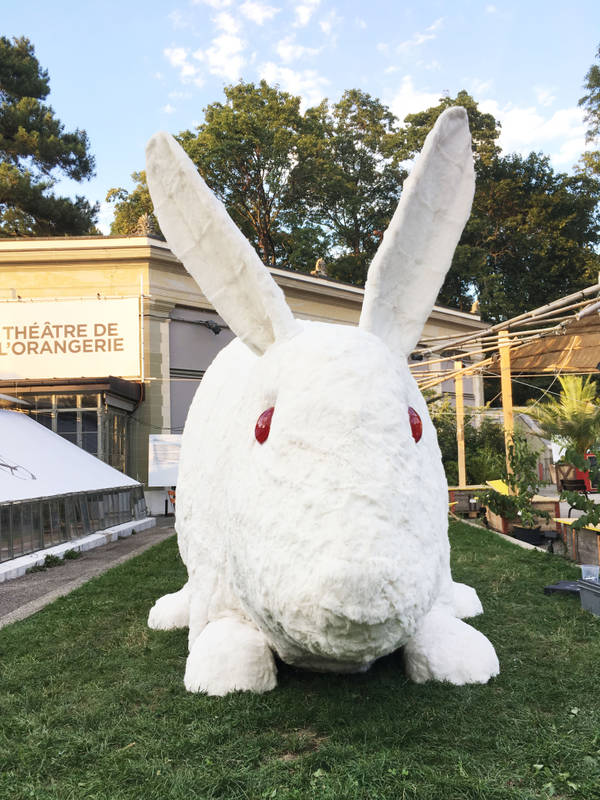
At the heart of the Théâtre de l'Orangerie, there is a special guest. The Great Stuffed Rabbit.
He is cute, you want to cuddle him.
He is made of 650 real rabbit furs.
There is a paradoxe between this figure and the origin of its real skin.
The rabbit lies in the middle of this paradoxal situation, once it is a pet, once it is grown for its flesh, once it is used in science labs. Our relation to the rabbits are ambigous. As our relation to nature.
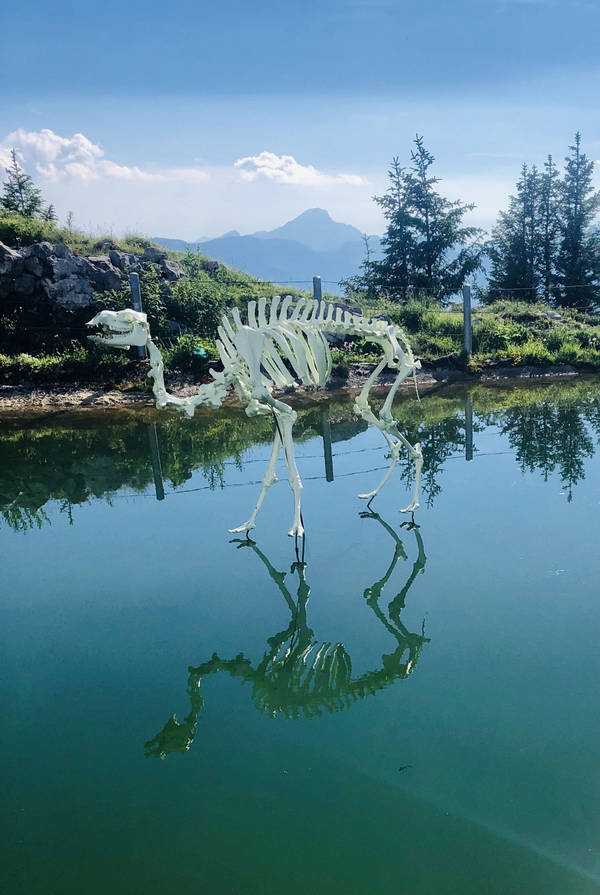
Within the AILYOS Leysin project.
Do I see correctly ? Is it an osasis ?
Here on top of the mountains ?
There is water, sun, a camel and a skeleton. But something went wrong. Something messed up the ingredients.
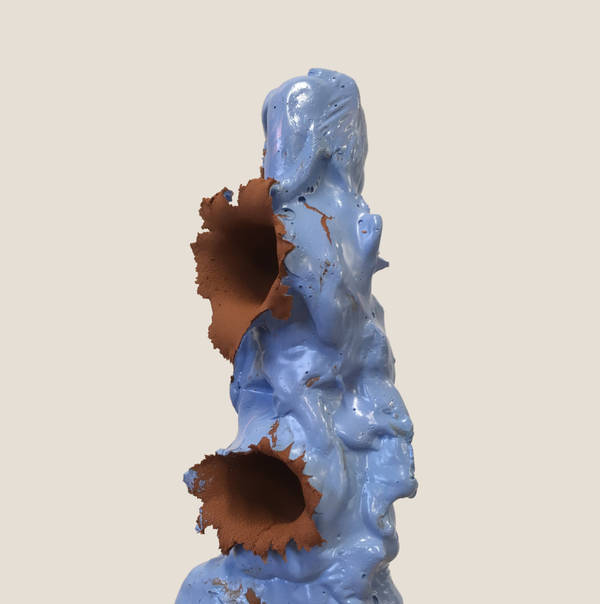
During Artgeneve the villa Sarasin welcomes GET A NERVE, a critical alter ego of the official artfair, a few meters away from Palexpo.
At this occasion I welcome you in the salon 12 of the Villa for a very special shooting range.
30.01 — 3.02 2019 / 18 pm — 23 pm
Villa Sarasin, Geneva

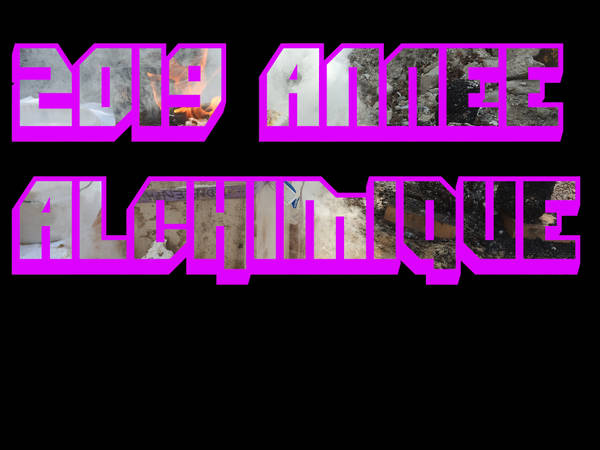
It smokes already.
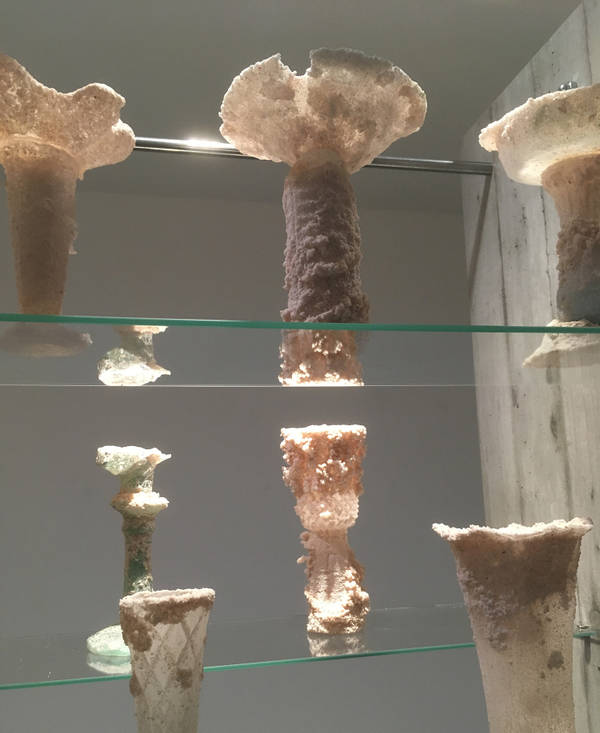
«The discovery of Glass», 2018, Glass & quartz sand
"Domestication"
Rivoli Building, ground floor 11
Chaussée de Waterloo 690 (Bascule)
BE-1180 Uccle / Bruxelles (Belgium)
Exhibition from 13.01 to 02.03.2019
The act of domestication, bringing animals into the "domus" (the house), is always an act of authority, requiring real and symbolic tools such as a whip or a sceptre. The exhibition explores the interior of the human "domus" and the objects it contains. Within an architectural display developed specially for the exhibition, the artist will show a collection of such objects, from wild vases to archaic kitchen tools, from the domestication of fire to the invention of the clay figures.
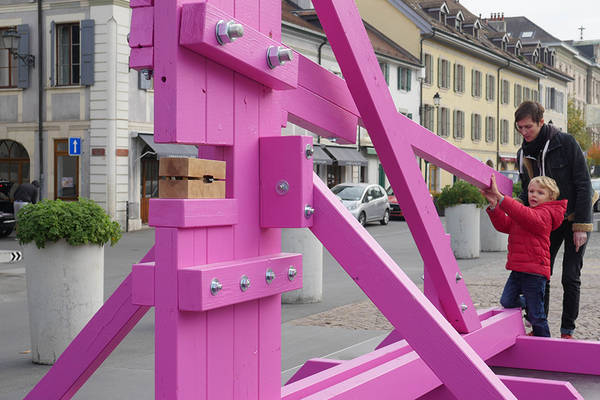
Art Carouge invite l'artiste Christian Gonzenbach à créer une installation monumentale sur la place de Sardaigne.
Ce sera une version 2 de l“Appareil Reproducteur. Agrandi et amélioré !
C’est une sculpture.
C’est une machine.
C’est une machine qui produit des sculptures.
Fabriquée en poutres massives, l’Appareil reproducteur est une sculpture qui permet la production manuelle de statuettes en argile.
Il y a un joyeux anachronisme dans l’expérience de la reproduction manuelle à l’ère du numérique et des imprimantes 3D.
Il s'agit de manipuler une machine énorme pour produire une petite chose, de produire soi-même l’oeuvre d’un artiste et de pouvoir l’emporter gratuitement.
Cette installation permet de réfléchir sur le concept d’auteur, d’original, de copies, de geste et de gratuité,
parce que chaque pièce est faite par une personne différente et devient unique par sa fabrication.
SAMEDI 3 et DIMANCHE 4 NOVEMBRE
11h — 17h
Place de la Sardaigne, Carouge
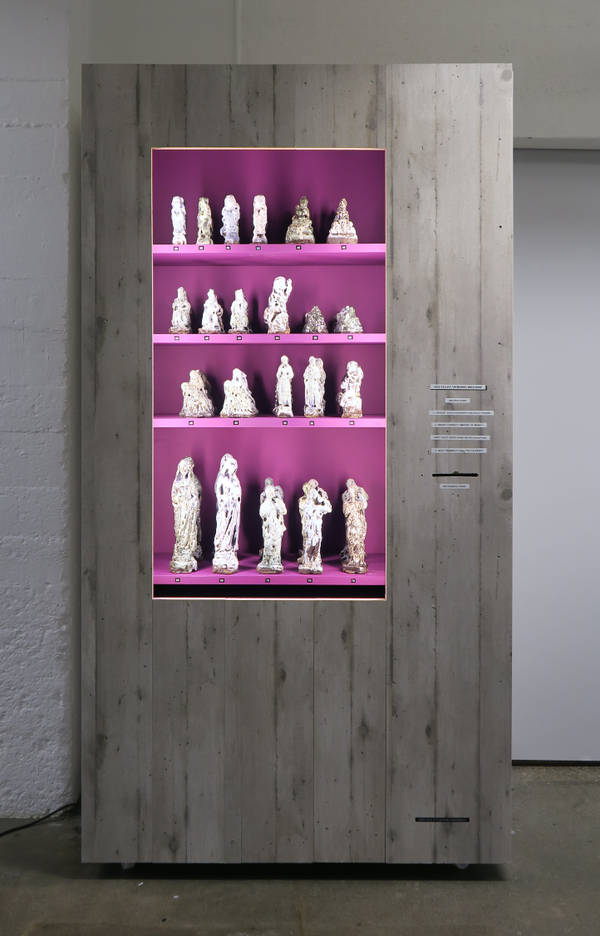
Holyclay Vending Machine, 2018
210 x 120 x 80 cm
céramics, wood
The show «Think about Real Times» is a group exhibition of students and professors of the REAL postgrad program 2008-2009.
To be seen at Fonderie Kugler, 4bis rue de la Truite, 1205 Genève
Wednesday to Saturday14-19h
until 11th of November
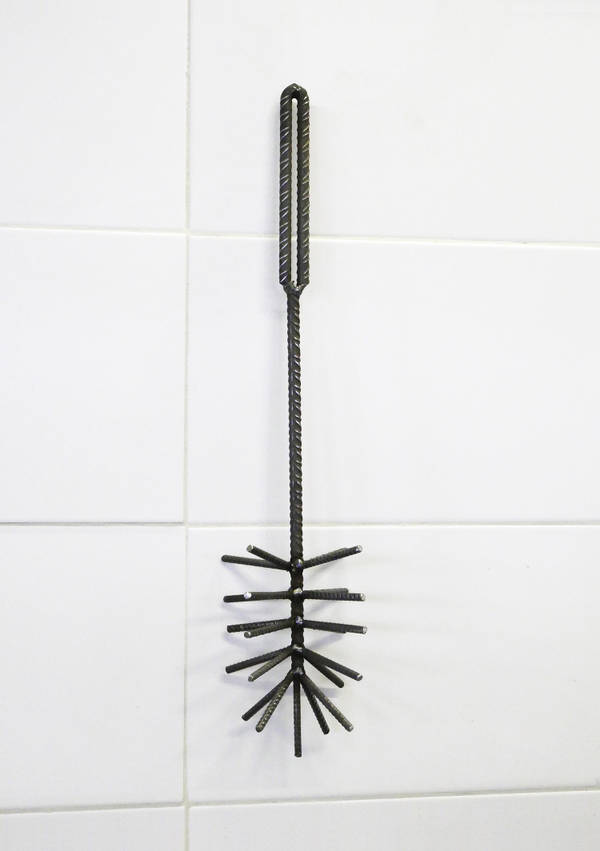
«Sceptre», 2018, Rebar steel
I am glad to invite you to my next solo exhibition "DOMESTICATION"
at DuflonRacz Gallery in Bern.
Opening Friday October the 5th at 6 pm.
Exhibition from October the 6th to November the 3rd 2018.
The act of domestication, bringing animals into the "domus" (the house) is already an act of authority. It presupposes to have a house at first and a tool to make use of authority, a whip (real tool) or a sceptre (symbolic tool).
The exhibition "DOMESTICATION" explores the interior of the human "domus" and the objects it contains. I will show a whole collection from wild vases to archaic kitchen tools, from the domestication of fire to the invention of the stool.
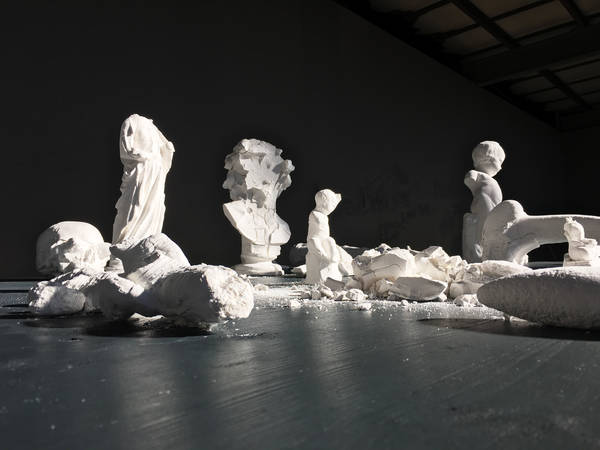
To celebrate its 25 years, the Kunsthalle Arbon organise a group show. The curator Deborah Keller selected works around the main theme «Space» in its different aspects.
My installation is called «Museum of Humankind», it is a group of white sculptures on a blackboard. The sculptures are copies of Human artefacts, from different origin and meanings, from religious objects to stone axe. Each object is made in a special mix of plaster and marble powder, and fired at 1200°C. This mixture transforms into quicklime, highly reactive, and combines with the cabon dioxyde present in the room. This chemical reaction makes the sculptures expand and decay.
The sculptures are diluted into the ambiant space, then they fall appart and become white powder, creating a constellation of chalk powder on the blackboard.
Kunsthalle Arbon
Vernissage samedi 18 août 17h
Exposition du 19.08 au 23.09
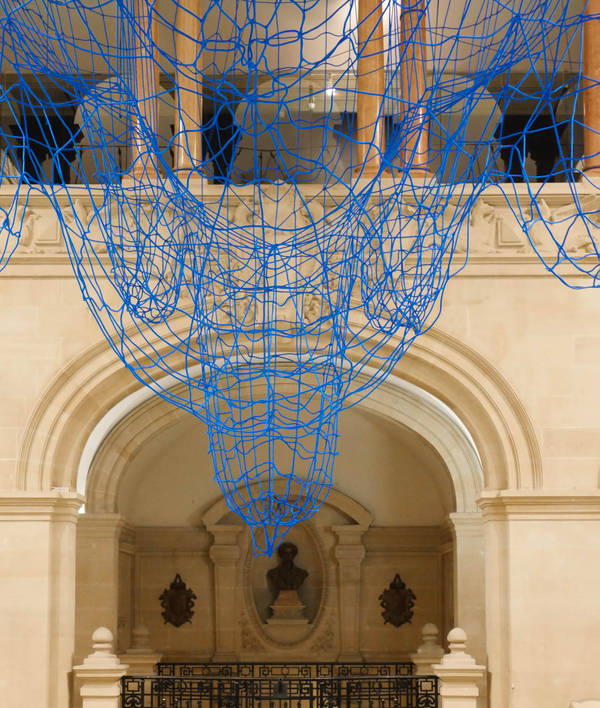
rope, 15 x 15 x 9 m
This work was created specially for the great exhibition COSMOS, showing a selection of best highlights from Rumine Palace in Lausanne, starting Mai the 2nd 2018 to January the 6th 2019.
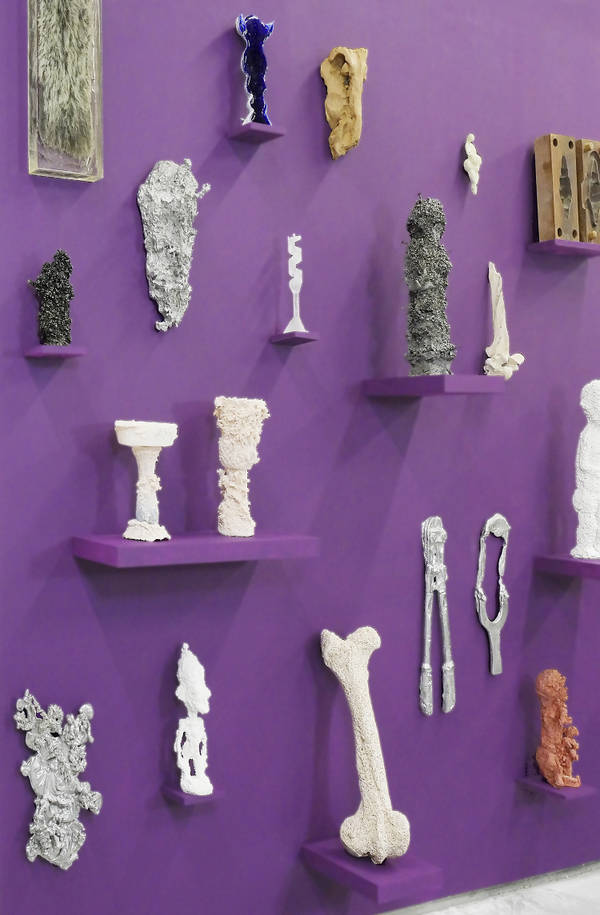
Wall of Things, 2018
Art Paris, Grand Palais, 4 — 8 avril 2018
Represented by Galerie C in Neuchâtel, Christian Gonzenbach unfurls a collection of "human things" across the wall, strange objects that question our identity as a homo faber (a man who makes). At the crossroads of natural sciences and the art of science, Gonzenbach is like a researcher: his production takes forms that are as variable as the experiments that intersperse his career. Although his means of expression are multiple, each is marked by a desire to apprehend the world using unconventional means and to show it in uniquely different ways. His work, driven by the daily observation of life in the widest meaning of the term, an insatiable curiosity, a poetic imagination and a constant need to be doing something new, swings between the human, animal and plant worlds, regularly highlighting the human traits we attribute to objects or animals, or conversely man's animal side.
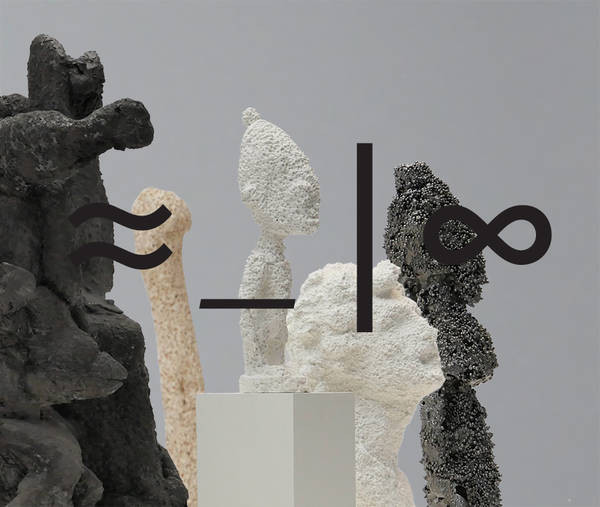
Christian Gonzenbach wishes you a marvelous year ? _ | ?.
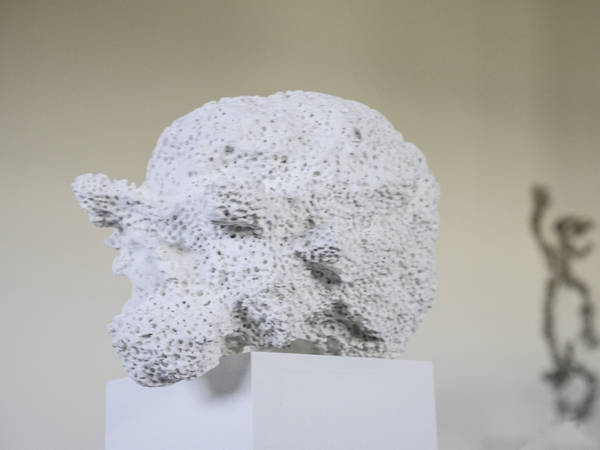
INVERSO, Exhibition with Eric Poitevin, Uwe Wittwer & Christian Gonzenbach
14.09.2017 — 04.11.2017
Opening 14.09 18h-20h
The exhibition INVERSO moves away from a run-of-the mill narrative appeal, thereby nourishing an absolute desire to recount.
All of the contemplation takes on it’s full meaning in the work of the artists who mould the exhibition: Christian Gonzenbach, Éric Poitevin and Uwe Wittwer create a universe where it isn’t about the reproduction of something visible, but rather the souvenir of a perception and this by the emergence of souvenirs that wander over the sensitive surface of the mind.
The main concern is to go towards to a performativity of the image.
Inversely to the normal situation, the head-and-shoulders of Christian Gonzenbach appear to retreat in an ultimate tension, whereas the birds of Éric Poitevin, try in a mortal vertigo, to attain a liberty now gone. The watercolours of Uwe Wittwer subtly display brilliant sunshine that appears to exits only in the nights of our imagination.
Christian Egger
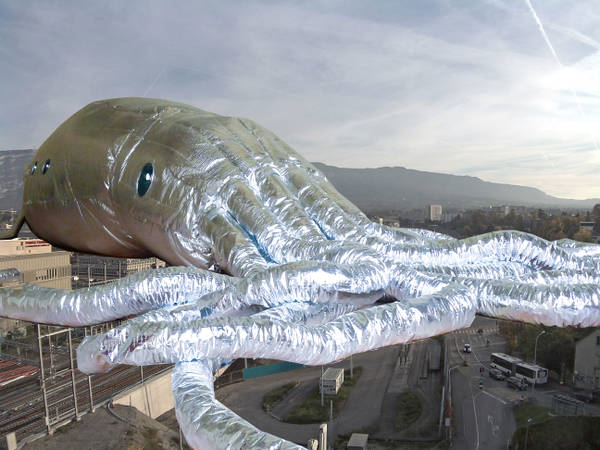
Open Days at CEVA, Eaux-Vives new railway station, Geneva
23 — 24 .09. 2017
10h — 17h Eaux—Vives, new railway station
On the site of the new building, a futurist monster tells the future to those who dare ask a question. Come and try!
YES FUTURE!
organisation: CFF / Action-Daïana.ch
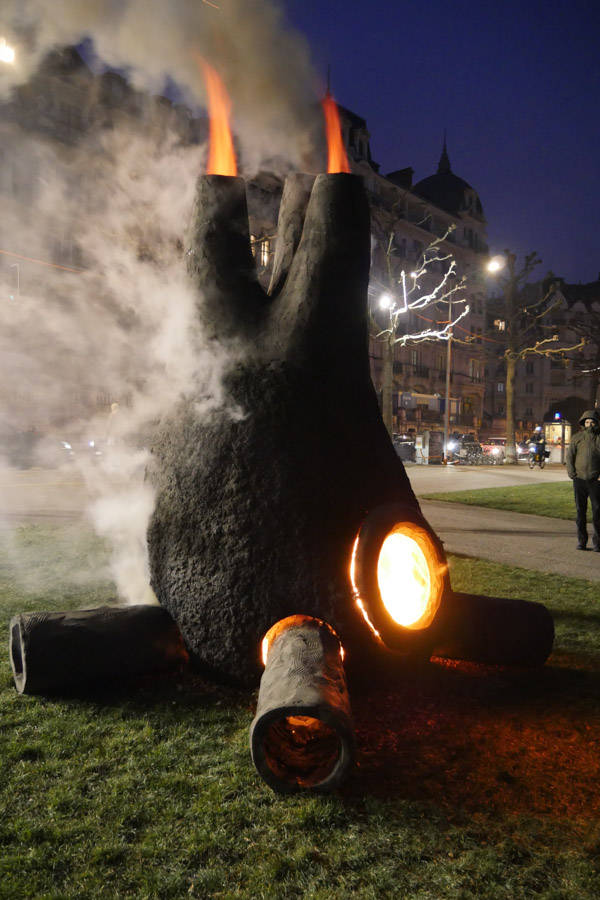
FIRE IN FUEGO!
On Saturday May the 20th, during the Night of Museums, FUEGO will burn from 21h30 at Ariana Museum, Geneva.
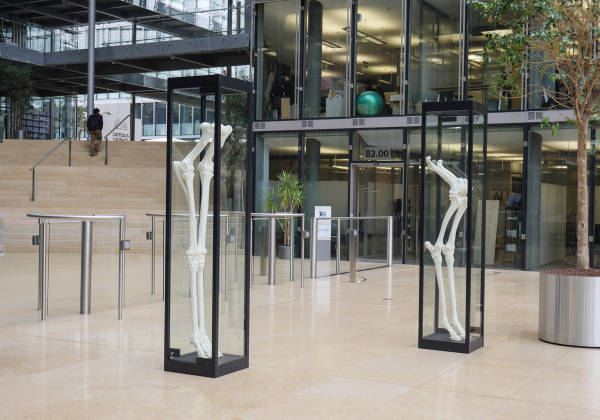
«Walking Devices», 2017
Installation at entrance hall of Campus Biotech, Geneva, during Heartgeneva.
Open every weekday until August the 30th 2017.
L'architecture du mouvement.
Dans le hall du Campus Biotech, deux vitrines verticales toute en hauteur accueillent le visiteur. Elles contiennent les os des quatre pattes d'une girafe. C'est une mise en abyme du bâtiment -coque en verre, serre, vitrine- qui contient l'architecture du vivant. Ces pattes gigantesques, plus hautes qu'un humain, nous confrontent à une réalité animale, biologique, magnifique dans son articulation et sa fonction.
Si proches de nous, vertébrés également, et si éloignés en même temps, ces os nous parlent de la magie de l'évolution qui a permit l'apparition de ces êtres majestueux, les girafes. La mise sous verre évoque le rapport ambigu entre science, musée et mode, avec cette obsession du voir. Ces pattes sont des accessoires poussés jusqu'à l'extrême, talons hauts ou prothèses naturelles, les plus longues du règne animal.
Face à ces vitrines, on ne peut que réfléchir sur notre propre place dans cette dynamique de l'évolution, dont on découvre à peine la diversité mais on ignore ce qu'il en adviendra.
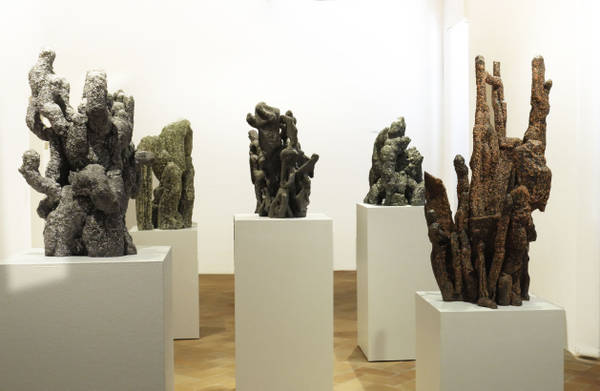
vue de l'exposition
METAMORFOSI
A look on contemporary sculpture by Daniele Agostini.
April 9 to June 25, 2017
Featuring Ai Weiwei John Armleder Jean Arp Selina Baumann Mirko Baselgia Alan Bogana Carlo Borer Lupo Borgonovo Serge Brignoni Lorenzo Cambin Loris Cecchini Julian Charrière Tony Cragg Matteo Emery Luisa Figini & Rolando Raggenbass Christian Gonzenbach Christiane Löhr Claudia Losi Penelope Margaret Mackworth-Praed Benedetta Mori Ubaldini Meret Oppenheim Julia Steiner Gerda Steiner & Jörg Lenzlinger Teres Wydler
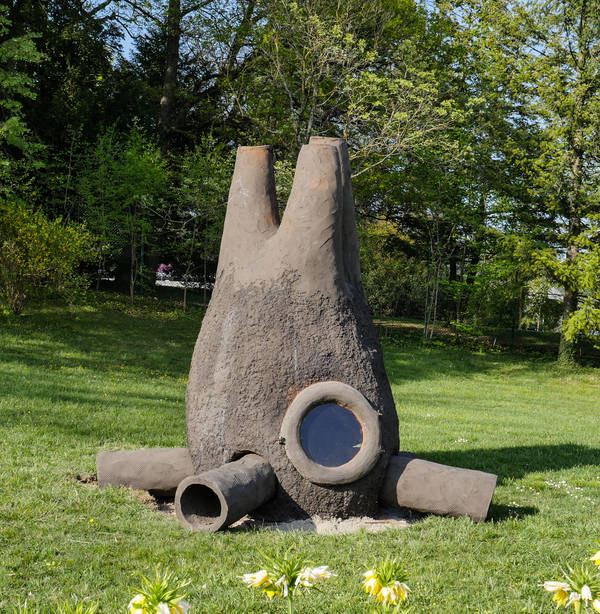
Installation of FUEGO at Ariana Museum
Produced by Ariana Museum for Art Genève, the sculpture FIRE moved to the park of the Museum to be called FUEGO.
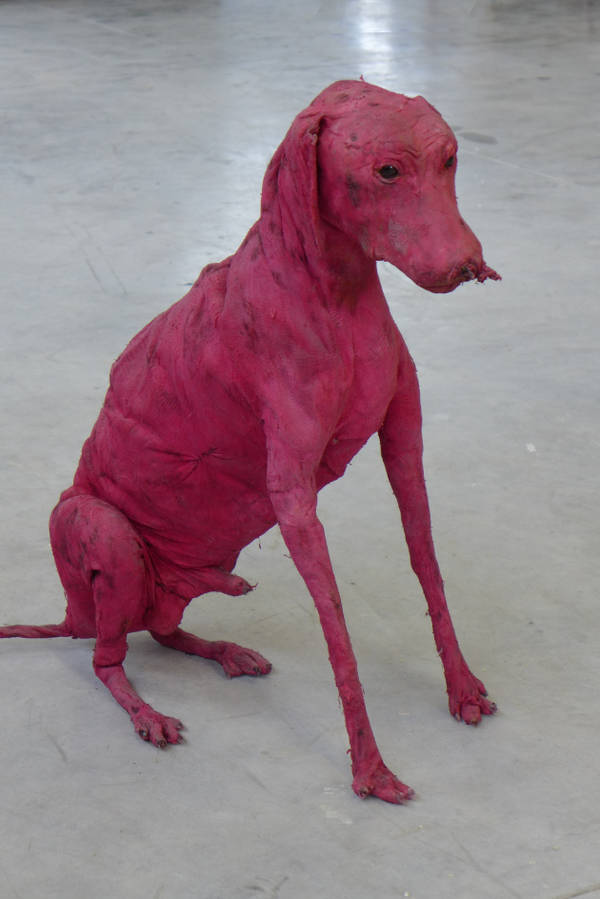
Wiederstand/ Resistance is a project by Hans Rudolf Jost et Friederike Schmid at White Space Black Box
Ypoons est un chien retourné.
Qu'est-ce qu'un chien retourné?
Un chien retourné à la maison ?
Un chien retourné à l'état sauvage ?
Non, Ypoons un chien naturalisé dont la peau a été inversée, les poils se trouvent à l'intérieur. Ce simple geste d'inversion provoque un questionnement qui le dépasse : l'animal n'est plus vraiment mignon, son statut domestique est remis en cause. Et qu'en est-il de notre propre pilosité ? Est-elle cachée à l'intérieur avec notre instinct sauvage ?
Dans un travail artistique la résistance peut se situer à différents niveaux. Celle qui m'intéresse le plus est celle qui nous résiste, celle qu'on a de la peine à décrire.
Une œuvre d'art peut nous résister.
Une œuvre d'art doit nous résister.
Une œuvre fonctionne si elle nous touche, si elle nous remue à un degré sans que nous ne puissions forcément l'analyser. Et même lorsque nous en comprenons tous les composants, la façon dont elle a été faite, l'intention de l'auteur, il peut subsister des choses qui nous résistent, et c'est probablement le plus important, ce qui fait l'essence de l'art.
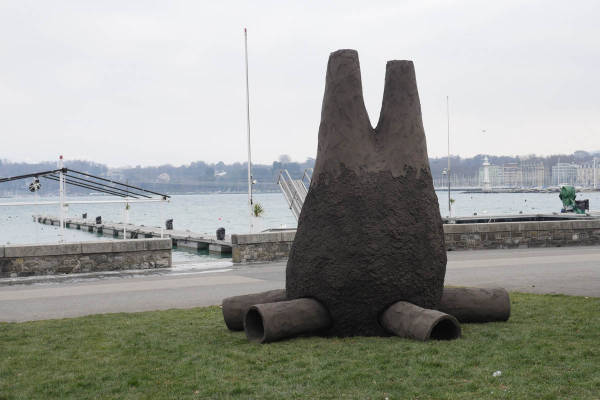
FIRE, 2017, Geneva lakeside
The MUD & FIRE project was initiated by the invitation of the Ariana Museum to create its booth for the Geneva Art fair ArtGenève.
Two new sculptures are created for this event, FIRE on the lakeside and MUD int the booth center.
The artist selected some curiositas from the Museum collection in a display specially designed around the MUD fountain of porcelain slip.
The sculpture FIRE will be alight on Tuesday 24th of January at 17:30.
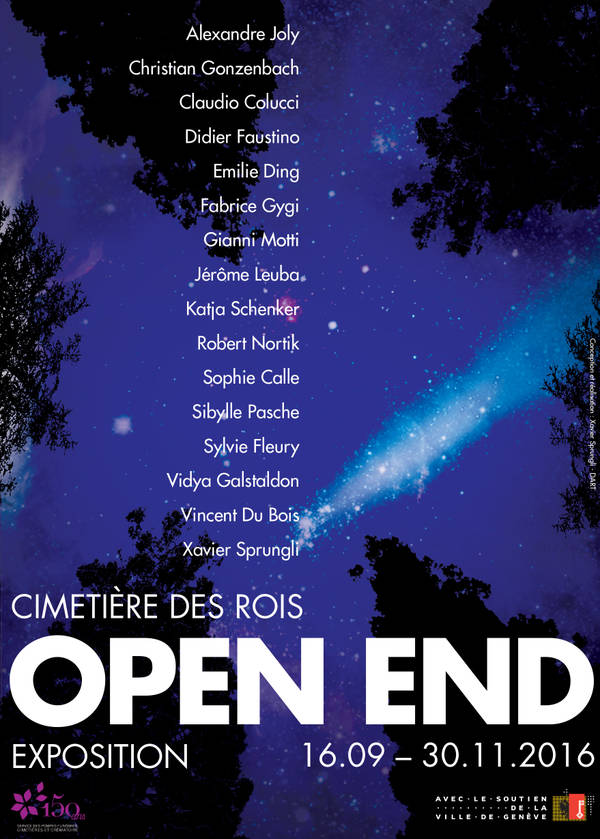
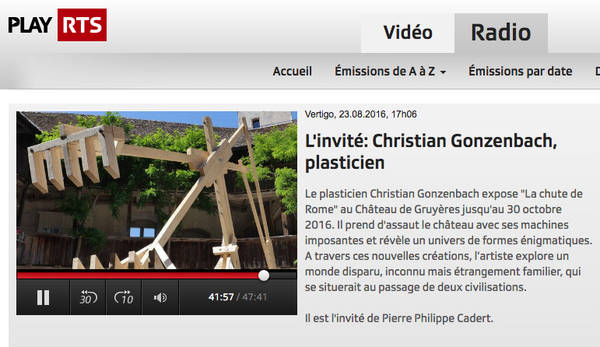
MAKING THINGS
Opening saturday June the 4th 5pm
Exhibition June 5th to July 10th 2016

Group show KNOCK ON WOOD
78, rue Amelot / 75011 Paris
Opening Tuesday May 10th from 6 to 9 pm
Show until June 18th 2016
Featuring Art & Language, Les Frères Chapuisat, Christian Gonzenbach, Tadashi Kawamata, Wang Keping, Steve More...
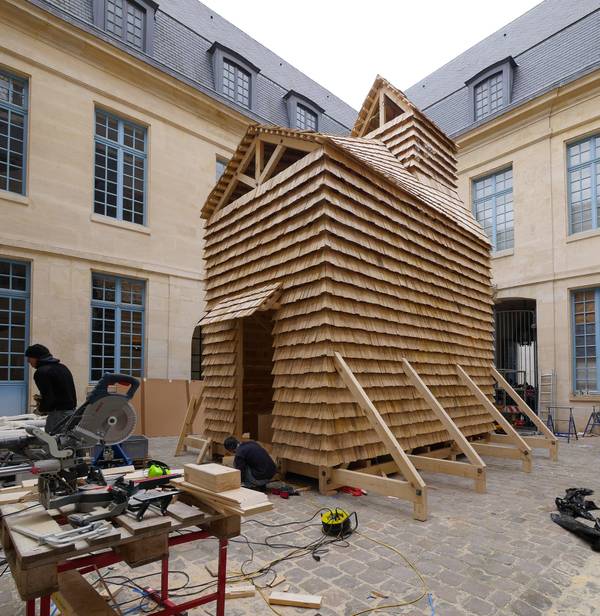
Giraffe“s Chapel, 2016
Musée de la Chasse et de la Nature, Paris
30 mars to 4 septembre 2016
A wooden chapel was built around a Giraffe skeleton. The visitor enters and finds himself between the bones of the animal and the skin of the building. The similarity in morphology between the architecture and the skeleton raises the question, which one came first: the chapel or the girafe?
Coproduced by Musée de la Chasse, City and State of Geneva (FMAC & FCAC) and Pro Helvetia
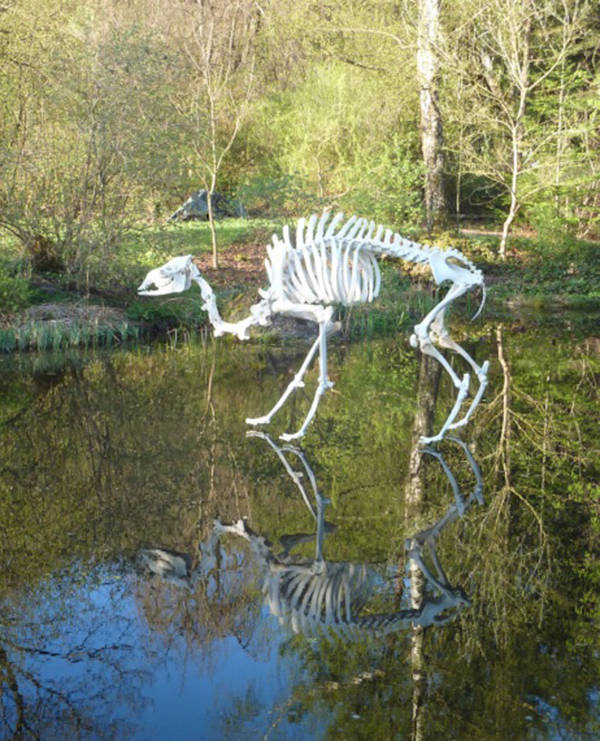
Fata Morgana, 2015
Kamel skeleton, pond
Fata Morgana contains every element of the classical oasis: the sun, the pond, the kamel and the skeleton. But in this installation of Christian Gonzenbach, nothing holds in its correct place. The kamel skeleton is walking on water...
http://www.skulpturen-biennale.ch/
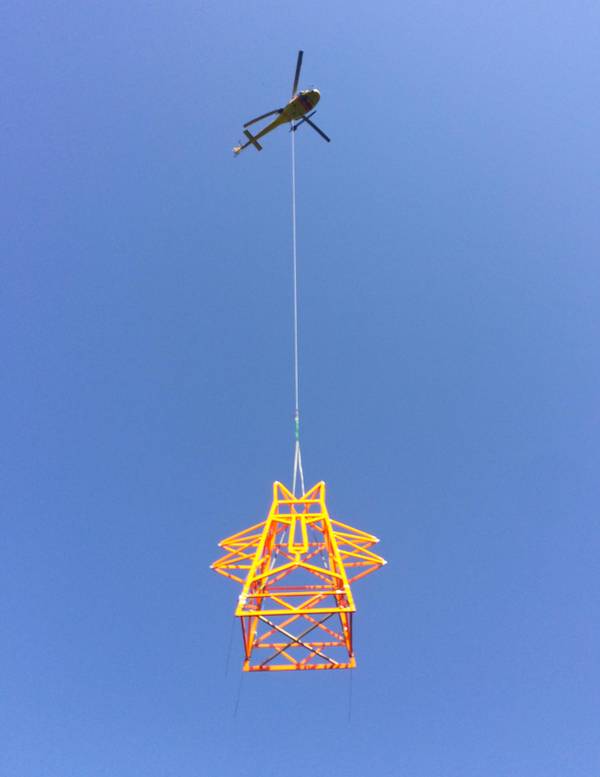
Pollux, 2015
Installation of an Electric Cat Pylon, as a totem et lighthouse for the town of Môtiers.
To be seen from June the 20th.
Video of installation on Canal Aplpha
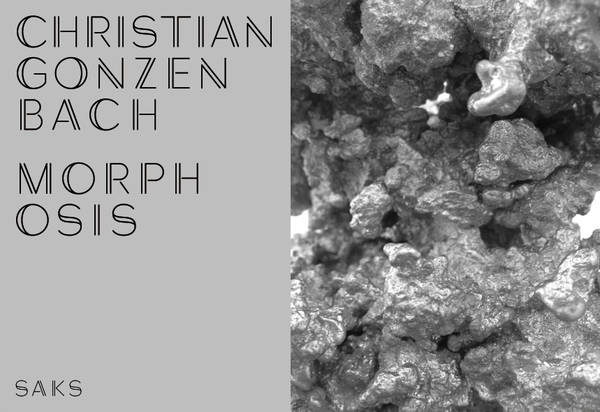
Solo exhibition at SAKS gallery from March 19th to April 24th
Opening Thursday the 19th of March (Nuit des Bains)
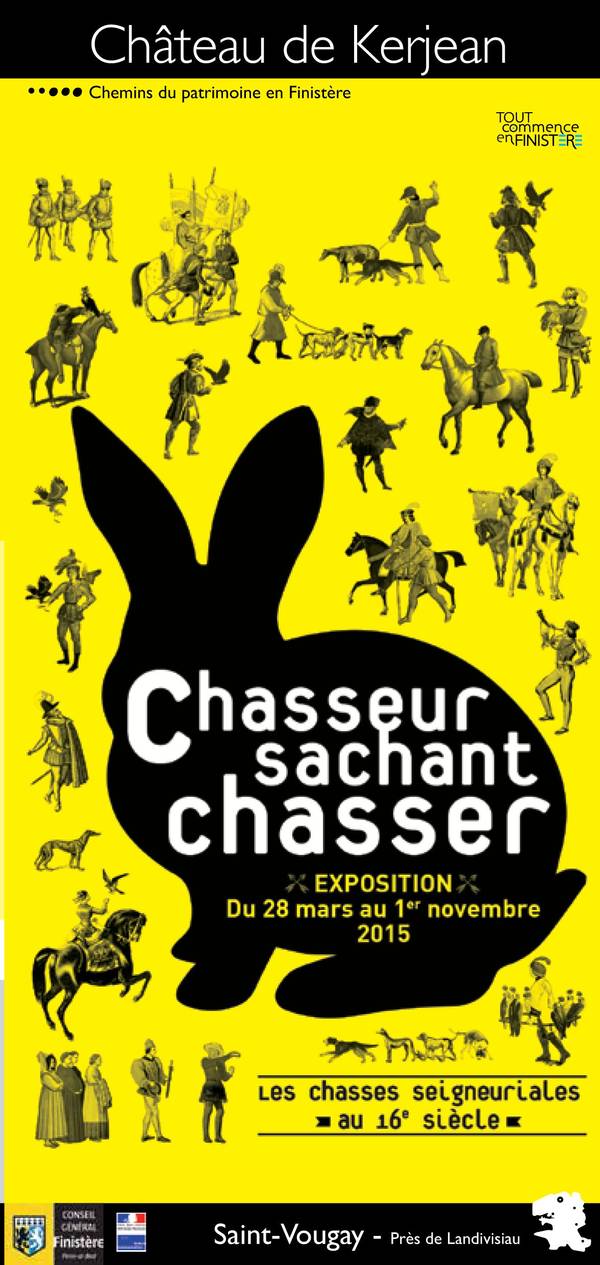
Exhibition at the Château de Kerjean (Finistère) from 28th of March until the first of November 2015
Organised with the Museum of Hunting and Nature in Paris, mixing contemporary art pieces and original artefacts, and starring the «Great Stuffed Rabbit».
Curated by Claude d’Anthenaise
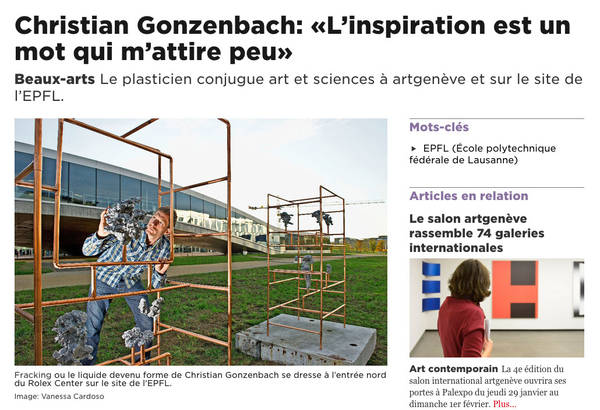
published in 24 Heures on January the 30th

![Portrait of the artist by Laurent Delaloye [French]](/en/assets/image-cache/images_entete/tdg_vignette.182402ac.jpg)
published in Tribune de Genève on January the 28th.
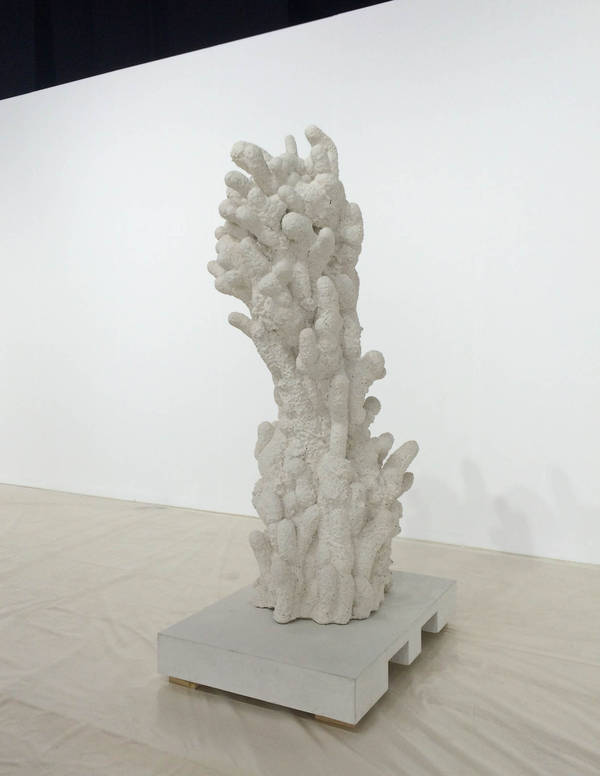
Colonne Serpentine, 2014
200 x 75 x 85 cm
White Concrete
At Geneva Art Fair, Booth B37 Gallery SAKS
and in Samuel Gross“s Living Room.
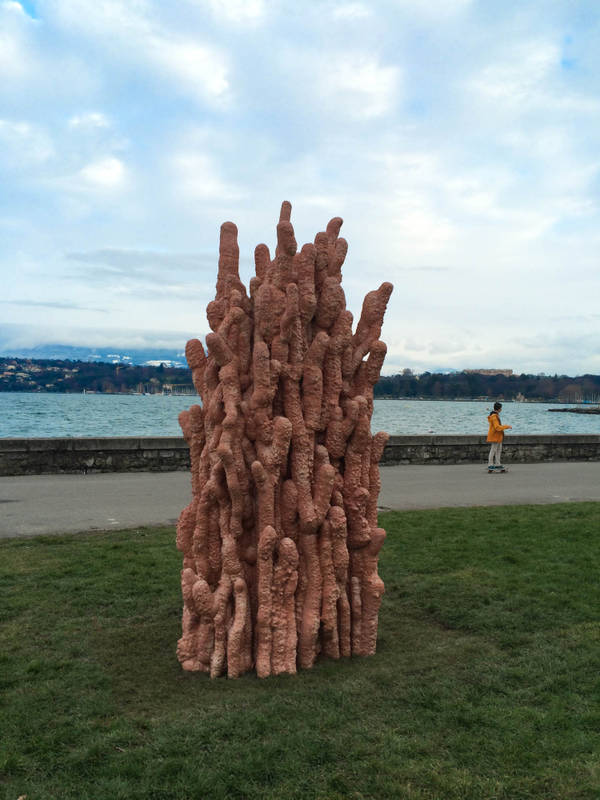
Dripstone, 2014
300 x160 x 80 cm
Colored Concrete
Quai Wilson, Geneva
During the Geneva Art Fair, a selection of large sculptures are exhibited at the lake side.
From the 27th of January to the 28th of February 2015

21.09.2014 — 11.1.2015
Group show with works by
David Chancellor, Henry Coombes, Sinje Dillenkofer, Mark Dion, Daniel & Geo Fuchs, Christian Gonzenbach, Roderick Hietbrink, Carsten Höller, Christian Jankowski, William Lamson, Claus Kienle, Isa Melsheimer,Guy Oberson, Simona Pries, Glen Rubsamen, Erik Schmidt, Andreas Slominski, TINKEBELL und Francis Zeischegg.
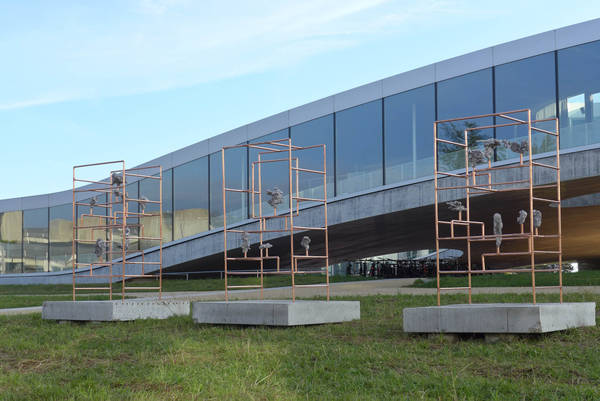
Looking for the origin of natural forms, Gonzenbach tries to materialize the propagation of a liquid by casting melted aluminium into different sands. The petrified clouds of metal are presented in Chinese cabinet shaped copper tubular structures.
Christian Gonzenbach talks about particle physics in his studio. (video)
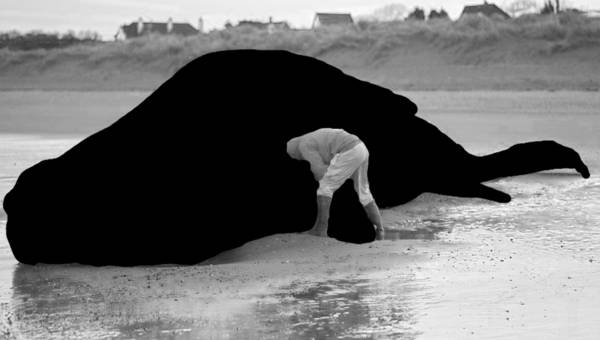
Ereignishorizont, 2014
Edition of 5 photogravure Arno Hassler
Les éditions VFO à Zürich ont invité Christian Gonzenbach à réaliser une série de gravures.
Une baleine qui sort de son milieu liquide pour rencontrer la terre ferme signifie la fin de sa vie et la disparition de son monde, c’est triste comme la mort d’une étoile. Le cétacé s’effondre sous sa propre masse, il devient trou noir car la gravité est trop forte. En disparaissant, la baleine entraine avec elle son univers, un monde auquel nous n’avons et nous n’aurons jamais accès. De ce monde anéanti, nous ne percevons que la surface noire, un contour rempli d’ombre, d’inconnu et de fantasme, de la matière obscure. Avec la série de gravures Ereignishorizont, l’artiste explore comment l’absence prend une forme, le désarroi humain face à la substance opaque du néant.
(waiting to be translated...)
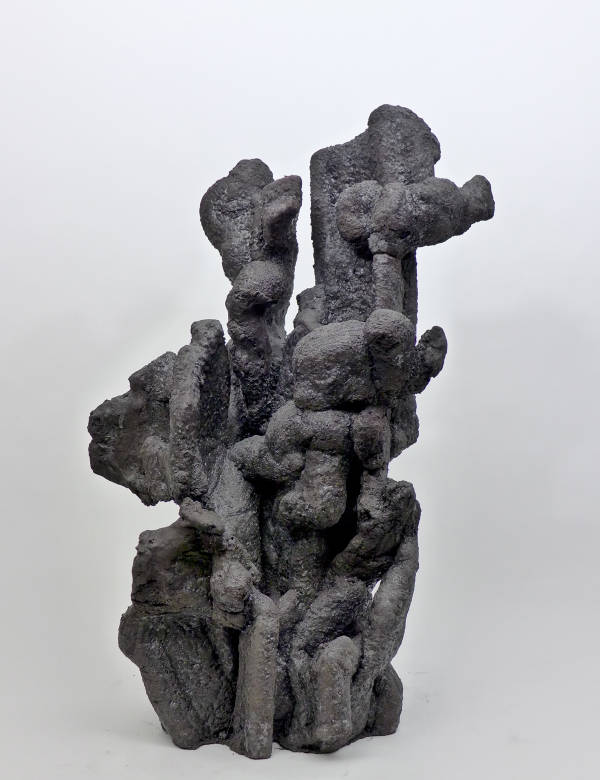
expo Solo à la galerie Vincent Sator, Paris
5 juin - 19 juillet 2014
Sous le titre de Salmigondis, le sculpteur genevois présente ses toutes dernières pièces. Poursuivant sa quête de l’inversion, l’artiste a creusé des formes en négatif, utilisant des outils incandescents qui forent librement des tunnels dans des blocs de polystyrènes tels des insectes xylophages. Les sculptures sont ensuite réalisées en remplissant ces moules de résine et en détruisant la gangue de polystyrène. Les formes apparaissent alors, surprenantes, intestines, elles traduisent les mouvements produits lors de la fabrication. On est face à des structures d’organes, des stalactites artificielles, des architectures de notre propre intérieur. Elles s’apparentent aux g?ngshí, ces rochers insolites que les lettrés chinois collectionnent et qui selon la tradition auraient grandi sous terre comme des pommes de terre pour former ces minuscules montagnes biscornues propres à la méditation.
Arte Video Night, Palais de Tokyo, Paris
26.10.2013 / 20h30
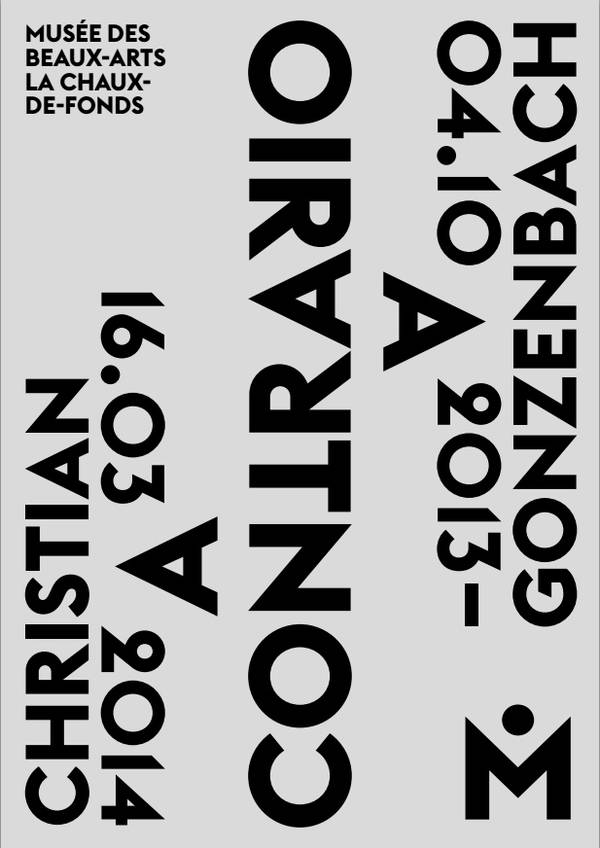
Musée des Beaux-Arts, La Chaux de Fonds
4.10.2013 - 16.03.2014
L'exposition présente les pièces clés de Christian Gonzenbach de ces cinq dernières années, au cours desquelles l'artiste s'est intéressé au problème de l'asymétrie des choses. En partant d'une hypothèse contraire, on devrait a contrario obtenir l'opposé de ce que l'on cherche. Pourtant l'artiste traque l'imprévisible, quand soudain l'envers et l'endroit ne correspondent plus. Il travaille à l'instar d'un scientifique, qui par des expériences et des manipulations suivant ses propres protocoles, trouve enfin ce qu'il n'a pas cherché.
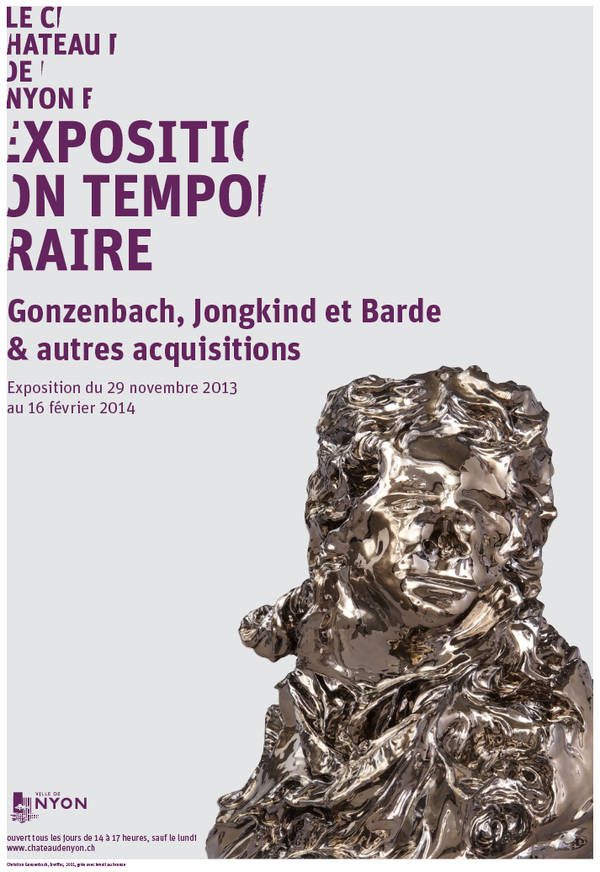
Château de Nyon
29.11.2013 - 16.02.2014
Cet accrochage hivernal présente les acquisitions et dons récents venus enrichir les collections du Musée historique de Nyon. On y trouvera ainsi trois portraits de Nyonnais retrouvés chez leurs descendants, un service de porcelaine commandé en 1784 à la manufacture de porcelaine de Nyon et toujours resté propriété de la même famille, des oeuvres du céramiste genevois Philippe Barde (dont certaines acquises par la Commission des affaires culturelle) ainsi que la splendide vue de Nyon peinte en 1875 par le peintre Jongkind. En outre, l’artiste Christian Gonzenbach présentera dix de ses étranges bustes classiques, de la série Hcabneznog, remaniés jusqu’à composer de nouveaux portraits aux reflets métalliques.
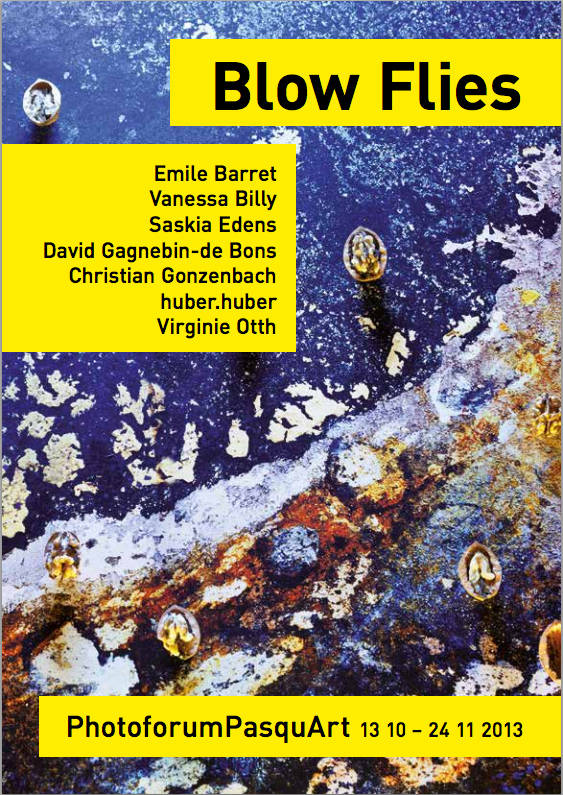
Photoforum Centre Pasquart, Bienne
13.10 - 24.11.2013
Die Ausstellung Blow Flies stellt unterschiedliche Perspektiven in der zeitgenössischen Fotografie und Kunst vor, die sich auf verschiedenen Ebenen mit der kunsthistorischen Gattung des Stilllebens auseinander setzen.
Der Zerfall und der Ruin und jene Prozesse, die zu diesen bestimmten Formen beitragen, bilden einen Hauptbestandteil der Werke, die für diese Ausstellung ausgewählt oder erarbeitet wurden. Die Anziehung, die vom Unsichtbaren ausgeht, funktioniert ebenso als mögliche Ausgangslage wie das Verdrängte: Die ambivalente Beziehung zum Lebendigen und das Spannungsfeld Natur und Künstlichkeit.
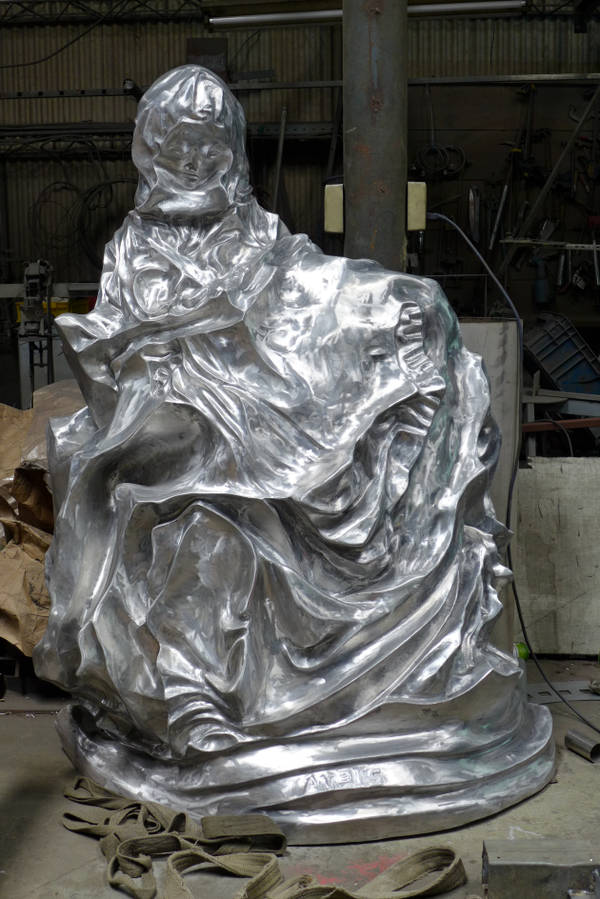
Solo Exhibition at Gallery SAKS
8 nov - 21 dec 2013
For his second solo exhibition at SAKS, Christian Gonzenbach (*1975) presents the "Pietà", the first sculpture in aluminum cast from his series Hcabneznog. From the model of the famous sculpture of St. Peter's by Michelangelo, the artist creates a vision whose contours seem to escape any logics, yet born of a basic change in point of view: by the inversion of the relief, the volumes become hollow and vice versa. Through this game on empty and full the artist creates a new plastic, a vision of "Unheimlichkeit".
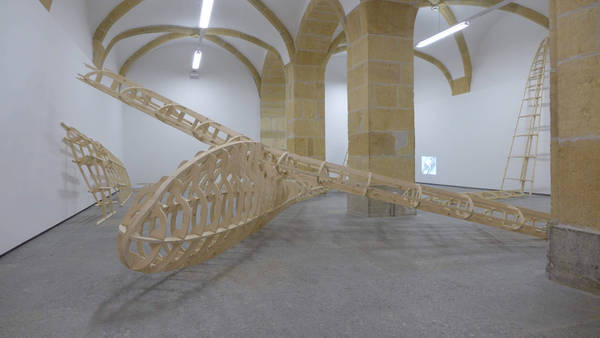
June 1 - July 21 2013
Centre d'art contemporain Yverdon-Les-Bains
Exposition collective pour inaugurer le nouveau Centre d'art contemporain d'Yverdon, dirigé par Karine Tissot.
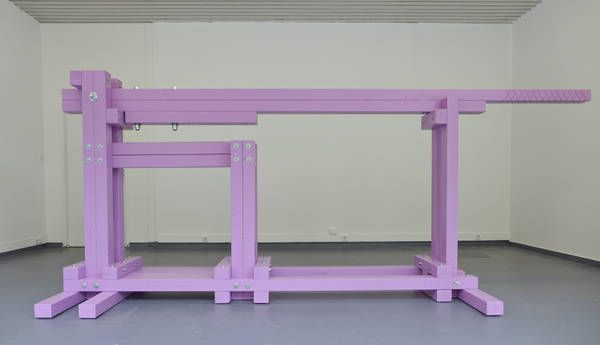
May 24 - June 28 2013
Appareil Reproducteur
Dans l’espace Toshiba House, ancien magasin des célèbres copieurs japonais, Christian Gonzenbach place un appareil primitif, une sorte de presse surdimensionnée. Ce dispositif permet au visiteur de presser de l’argile dans des moules pour produire de petites figurines paléolithiques, des Vénus aux formes féminines généreusement hypertrophiées. Ces statuettes, les plus anciennes figurations humaines connues, ont été agrémentées pour l’occasion d’oreilles de lapin, autre symbole de fécondité.
Avec l’outil placé au cœur du travail, l’acte de produire devient le vrai sujet, et en déléguant cet acte au visiteur, l’artiste s’affranchit de la paternité des œuvres. La fonction reproductrice de cette matrice permet ainsi la dissémination maximale des figurines, chacun partant avec son tirage.
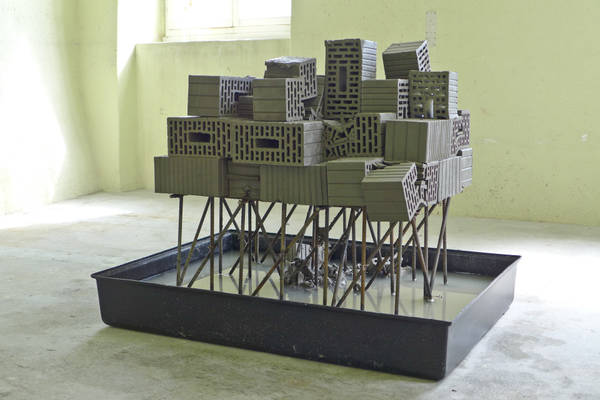
3-19 mai 2013 Halles CFF Lausanne
3 mai 2013 - 30 avril 2014 Alimentarium, Vevey
Welcome on my portfolio. Be aware this site is under evil construction.
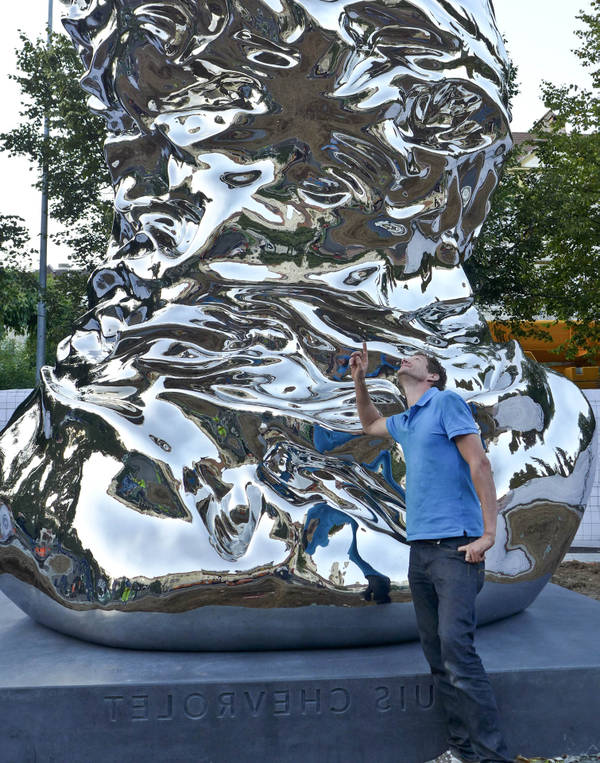
The Monument in honour of Louis Chevrolet was inaugurated the 3rd of October at La Chaux-de-Fonds.
Chevrolet Centennial Artwork is a competition held in commemoration of the 100th anniversary of Louis Chevrolet, the namesake of the auto giant, to be placed in
the town of La Chaux-de-Fonds, Switzerland, Chevrolet’s birthplace. As the winner of this prestigious event, Christian Gonzenbach is now making the sculpture to be inaugurated in September 2013.
site de GM Europe
30 janvier - 5 avril 2013
Centre culturel d'Oyonnax
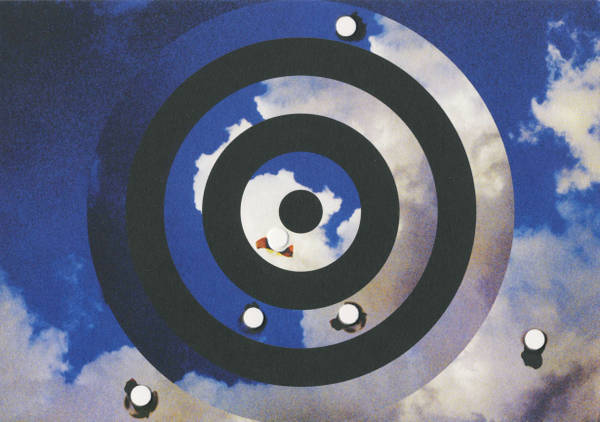
21 décembre 2012 - 31 mars 2013
Musée de la Chasse et de la Nature, Paris
Selon une tradition d’origine germanique remontant au XVIe siècle, les sociétés de tirs organisent des concours dont l’enjeu consiste à tirer sur une cible minutieusement décorée de scènes de genre. Les tireurs étaient appelés à exercer leur habileté sur ces images représentant des animaux ou des personnages. Une fois criblées de balles, celles-ci avaient valeur de trophées pour les vainqueurs des compétitions.
L’œuvre conçue pour être détruite témoigne d’un rapport à la pratique artistique dont une partie de la création contemporaine pourrait être le prolongement. C’est ce qu’explore l’exposition. Une cinquantaine de cibles anciennes, principalement conservées dans les musées de Croatie, sont ainsi confrontées à des œuvres récentes utilisant le motif de la cible (Jasper Johns, Stephen Dean, Camilia Sposati …), marquées d’impacts (Lucio Fontana…) ou dont le processus créatif recourt au tir (Niki de Saint Phalle, Anne Deleporte, Christian Gonzenbach…).
Le thème de la cible permet également d’évoquer la notion du « regard prédateur » indissociable de la création artistique depuis les origines. L’art comme instrument de capture trouve notamment son expression dans la figuration du « corps-cible », qu’il s’agisse de l’image de l’animal (Mark Dion, Alain Séchas, Arno Kramer…) ou de celle de l’homme (Marija Ujevi?-Galetovi?, Shirin Neshat…). Ainsi les représentations du martyre de saint Sébastien (Pierre et Gilles…) viennent rappeler que ce personnage est patron des archers et protecteur des sociétés de tir.
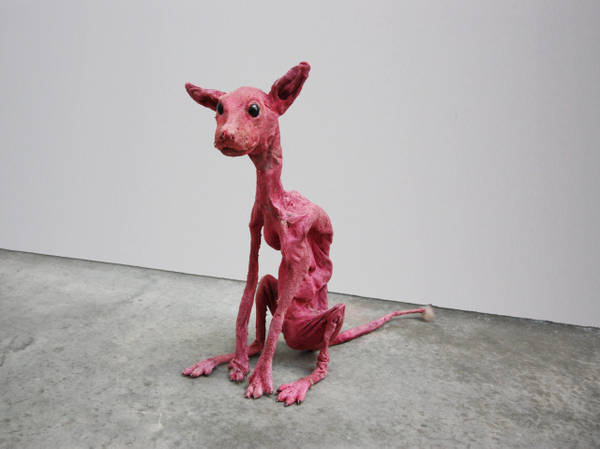
21 Février - 21 Mars 2013
Capsule 1.2 Halle Nord, Genève
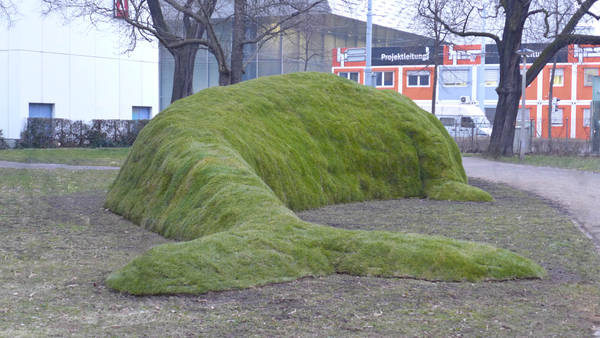
26 février - 16 juin 2013
Experimenta 13, Congrès Nature, Messeplatz, Basel
A whale sighting has taken place in the waters of Rhine, an occurrence that has become increasingly frequent since the cetaceans have begun fleeing from polluted seas and rivers in search of clean water. After a long and arduous journey, the exhausted mammal gave out at last upon reaching the city of Basel. During the first week of the sighting there was much excitement among the residents, then soon they became disinterested. In due time, the whale’s body was dragged through Riehentorstrasse then Riehenstrasse before arriving at a small park behind the Congress Center. The city officials, unsure of what actions to take, held endless meetings with a group in favor of incineration and another for burial. After garnering more than 15,000 “Likes” on Facebook, the rotting corpse was discarded, only to be pecked away by crows but they too found the whale meat too much to deal with. Under the circumstances of a shortage of arable land, the mass of humus became an unexpected windfall for the residents. Timidly at first, then more and more openly, the neighbors began sowing and harvesting plump vegetables. In the span of a few months, the dramatic mound became a garden of abundance where the fertile cetacean soil produced subsistence for the citizens.